Off We Go! I’ve been looking forward to writing his for a long, long time. The very concept of an ‘M’ camera with an EVF has provoked real passion among the Leica internet forums. Perhaps the arguments now aren’t quite as furious as they were five years ago, but there are still some pretty firm opinions.
I’ve always favoured the concept – not to replace the existing M rangefinder, of course, but as another way of shooting M mount lenses. Opinions have changed at Leica over the years, and by making this camera a new branch of the Leica M11 range, they have very sensibly treated it as a toe in the water. If it isn’t a success, then they can draw a line under it.
The camera has been in beta testing for a long time with various firmware iterations, and the test forums have been full of interesting observations, both for and against the camera. This article is, to a large extent, a result of those discussions and insights, so a big thank you to everyone (you know who you are!). I feel that if we weren’t already friends, then we have become friends after the six months of testing.
The M EV1 has led me to a spend a lot of time in considering how one operates a camera, between analogue and digital focusing, and contrarily between symbolic and representational information. I’m not sure that it has a massive bearing on the actual photographs, but it is an interesting subject, especially today when there is so much concentration on user-experience regarding the user interface.
The potential
Those who have been advocating such a camera have often thought that it would be valuable for long-time M users whose eyesight is not what it used to be, and for whom rangefinder focusing is getting problematic.
I also thought there was a big potential market for younger photographers who have fallen in love with the iconic image of the M cameras… but who, when presented with a rangefinder, are rather dismayed.

So, although I hope to cover all the bases in this article, rather than a direct review, it is more a discussion about the idea of an EVF-based M, how it is to operate, and who it is actually for.
Note: when I say ‘Viewfinder’ I mean the M EV1, and when I say ‘Rangefinder’, then I’m talking about the traditional M Rangefinder (at least, that’s the intention!)
What’s in a name?
If you google it, you’ll find that M stands for Messsucher which is the German name for a rangefinder. This probably was the case (although Leica have always kept their head down) but it could just as well refer to the M mount of the M cameras.
At any rate, times change, and there has clearly been some serious consideration about what to call the new camera. It was rumoured to be called the M11-V, not the M EV1. Personally, I thought E11 would have been a good name, and maybe it wouldn’t have antagonised the traditionalists quite as much.
On the other hand, it does rather disconnect it from the M history, which is obviously a bad thing. So, perhaps M EV1 is a good name — implying that it’s the first of a new branch of M camera, and let’s hope that it is.
While discussing names, the prototype name for the M EV1 has been Elsie, after Elsie Kuhn-Leitz (1903-1985) the daughter of Ernst Leitz II. She was imprisoned by the Gestapo after she was caught helping Jewish women cross over into Switzerland.
She was released after some tough questioning, and later on in the war was again in trouble with the authorities for helping to improve the living conditions of 700 or so Ukrainian slave labourers who had been assigned to work at the plant during the 1940s.
More than that (well, perhaps less than that…) Elsie was the name of my paternal grandmother. Sadly, I don’t remember her, but she was a powerful and much loved woman with a mass of curly red hair, and it’s nice to be reminded of her existence every time I pick up the camera.
What is it?
There have been rumours predicting a Leica Q with an M mount ever since the Q arrived on the market in June 2015, but there simply isn’t room within the Q body for a shutter (the Q uses a leaf shutter in the lens) — and the flange distance for the M would make for a very fat lens mount!
So this still isn’t a Q with an M mount, it’s an M camera with an EVF in the place of the rangefinder; otherwise it’s fundamentally identical to a standard M11.
Leica has resisted putting a faux viewfinder window or a logo — or anything else — so the place where the rangefinder window appears on the front of an M11 is simply blank. More than that, because of the space needed for the EVF the ISO dial has had to be removed, which will upset some people.
That ISO dial does look lovely, with its nod back to the old MP re-wind knob, but honestly speaking, auto ISO with careful settings is always the way to go, making the dial a little superfluous. And if you must be all manual, then setting the ISO in the quick menu is, well, quick! You can also set ISO to the thumbwheel.
The camera weighs about 45g less than a standard black M11; clearly, electronic viewfinders are lighter than rangefinders. This isn’t a huge amount, but it’s noticeable and significant. As with all M cameras, it still feels wonderfully solid and well-made.
A thing of beauty
I think that it’s beautiful. Simple and pure: everyone I discussed it with thinks it’s a lovely thing. The blank front doesn’t sound perfect, but actually, it looks superb. There is the red dot, and the round window which estimates the aperture, and the square red window for the self-timer.
The only other difference is the frame line lever, which has converted into a double function device. This can be configured each way for either Focus Peaking, Magnification or Digital Zoom functions. Or it can be turned off. As with the other functions, holding it down for a period allows you to select which of the available options becomes the default. This can also be saved in the user profiles.
The M EV1 has Content Credentials, as on the Leica M11-P, but is otherwise more like the standard M11, with 64Gb of internal memory and a normal Gorilla glass toughened rear screen (it seems pretty tough to me, six months of my use and there are no scratches or scuffs on the screen).
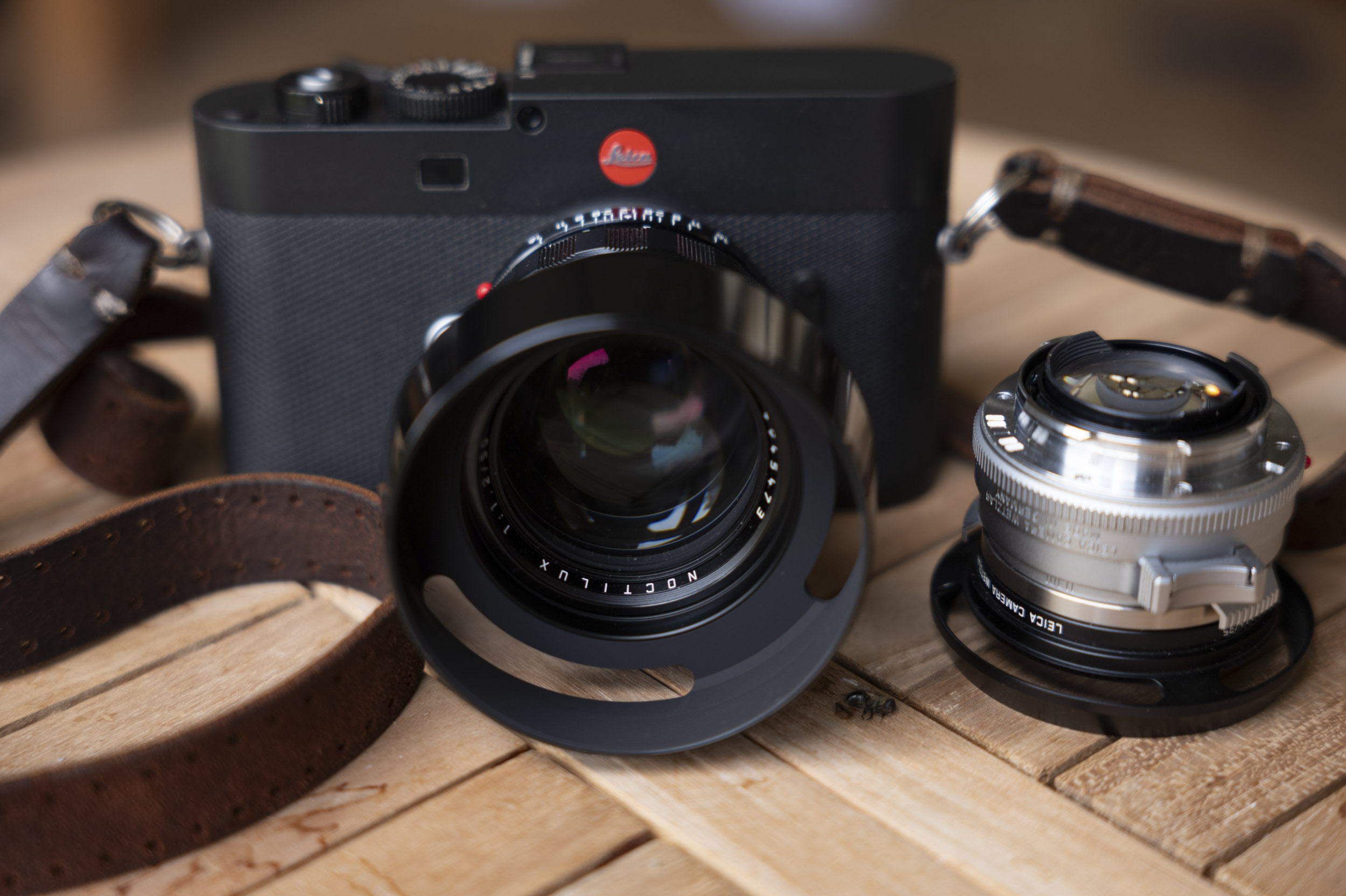
If you would like more information about the M11 in general, then you can look at my M11 article from January 2022.
For more on Content Credentials, there is my article on the M11-P.
The EVF
The Visoflex 2 has an OLED monitor with 3.68 million dots and a 0.73x magnification, while the EVF of the M EV1 has 5.76 million dots and a 0.76x magnification. The refresh rate is 60 fps.
The specification of the electronic viewfinder makes it seem likely that it is the same as that found in the Q3. At any rate, apart from the tilting of the Visoflex 2, the monitor in the M EV1 is better in every way.
The viewfinder window and the diopter adjustment button/dial are similar to those on the Q3, although the housing had to be adjusted to fit the M camera. The dial pops out for adjustment when you give it a push — it has a range from -4 to +2 and will be a very welcome addition for glasses wearers.
New in firmware 2.6.0
The M EV1 comes with firmware version 2.6.0. This update doesn’t just relate to the M EV1, and will be available today in a firmware update for all the M11 variants.
This firmware has several bug fixes, mostly to do with stability. In addition, there are three important changes:
Dust protection via Leica FOTOS app
This is something which can now be activated via FOTOS. It had been requested by numerous users, especially those using the M11-D.
Lens list editing
You can now edit the lens list even if you have a coded lens attached (which was not possible before). In addition, however, if you edit the lens list it will be available to all profiles. There was some heart-searching about this because most camera settings can be assigned to profiles individually. (So that you can assign a different list to each profile).
Trouble was, that’s a balls-ache if you add a new lens and need to update all the profiles — and so Leica decided (quite rightly) that one would want all the un-coded lenses available in all the presets. Better than this, if you save the user profiles to disk, then the lens profiles are also saved.
Turning your grey skies blue
(Or your magenta skies green or yellow). There have been some complaints about magenta tint with all the M11 variants. Although I thought it would be good to have a solution to this problem, I also felt strongly that you can’t just change the colour on a camera three years after it’s been released.
Most photographers (even if they were not sure in the first place) will have developed a workflow to make the colours that they like. Personally, I’m happy with the colours — I accept that there is more magenta in grey skies than is usual with competitive cameras, but I feel that Leica is closer to the truth and other cameras have too much cyan!
Leica has come up with a really elegant solution to this problem. The white balance in your camera will not change… unless you decide to change it.
White balance options
There are two new options in the White Balance Menu;
- White Balance Adjustment: on/off
- White Balance Adjustment
Choosing the second option with the first switched on allows you to move between green and magenta on the vertical axis and yellow and blue on the horizontal (reflecting the Tint option in Lightroom). You can use the touchscreen to move the sliders, and a double tap centres it again.
Using Daylight (sunny) and changing white balance 15 clicks towards green (from magenta) will change the tint value in Lightroom from +22 to +15.
This change is applied to both fixed white balances (daylight, for example) and Auto White Balance. Better than this, you can make specific changes for different user profiles. I have one for Landscape and one for Portrait (where the original base WB values are such a triumph).
Of course this also allows you to create your own colour profiles, which are transferred to DNG and Lightroom whether you want vivid or muted (or something wild). You could even save different sets of profiles for different circumstances, export them to disk and re-import them when required.
Although the initial impetus for this change might have been dissatisfaction from users about the magenta, Leica has taken this seriously and produced a really useful new feature
White Balance Adjustment will also be available via FOTOS.
Focusing with an EVF vs a rangefinder
This is a massive subject. What is certain is that in different circumstances, the different methods have different advantages (or disadvantages).
Symbolic or representational?
While one would think of the traditional rangefinder as being ‘analogue’, the actual focusing is done by maths and mirrors, mechanics and machining, and is very much symbolic. It will always give you a result, with any lens, but without reference to the aperture.
The rangefinder
While it always seems almost miraculous how accurate it is, using a rangefinder can become challenging with very fast lenses when wide open (the Noctiluxes for instance). Generally speaking, as you stop down and the depth of field gets greater, the rangefinder becomes more and more reliable.
The other issue is wide-angle lenses where the rangefinder window doesn’t cover the whole of the image area, and telephoto lenses where the image is only a tiny part of the rangefinder window. On the other hand, of course with longer focal lengths, this allows you to ‘see around’ the subject outside the framelines.
The EVF
The EVF, on the other hand, is a proper representation of what is, and what is not in focus. What’s more, it shows you exactly what you are going to get in the final image. You have an accurate representation of the exposure and also the depth of field (unlike most mirrorless cameras, with the M EV1 you have stopped down metering).
Furthermore, there are the focusing assistants — Focus Peaking, Magnification, and if you want to ‘look around the subject’ for a small sacrifice in megapixels you can use the digital zoom to put framelines in the viewfinder. Furthermore, for those of us with ageing eyes, there is a diopter adjustment for the viewfinder.
- Full frame: 60mp
- 1.3x crop: 39mp
- 1.8x crop: 18mp
It seems like something of a no-brainer.
| EVF ADVANTAGES | RANGEFINDER ADVANTAGES |
| Seeing the whole image | Seeing around the subject |
| Seeing the depth of field | Fast, easy focus confirmation |
| Seeing what is in focus | Seeing the natural light |
| Seeing the exposure | The wonderful heritage |
| Diopter adjustment | |
| Ability to use framelines in crop mode | |
| Focus peaking | |
| Magnification | |
| Focusing accurately wide open | |
| The same with all M-mount lenses |
The death of the rangefinder?
In the face of all that, it’s hard not to believe that M users will all quickly get themselves M EV1 cameras, and that will be the beginning of the end for the traditional rangefinder.
Will those on the forums who are so steadfastly opposed to an EV M be quickly converted?
Of course, like most things, it’s nothing like that simple. The reason the rangefinder is still popular after nearly 75 years is not just a function of nostalgia or a desire for beautiful objects.
Seeing around the camera
That’s it. With a rangefinder, you see around the camera, not through it. I guess some would call it ‘getting the camera out of the way’. With a rangefinder M you feel involved with your subject, not with your camera.
Before the M EV1, I might have imagined that the reason for this was because the viewfinder window was on the top left, so (if you are ‘right eyed’) you can look at the subject with your left eye. Indeed, you can, with both cameras. But it isn’t the same. Using one eye to look through a magnified (or de-magnified) image in the M EV1 and the other to look at the world just doesn’t really work.
Speed of focusing
While getting accurate focusing wide open is easier with the electronic viewfinder you will generally need to zoom in (one button press) to confirm the focus, in many situations that isn’t too much of a problem, but it isn’t quick, and it disturbs the bit of one’s brain which is doing the composing.
That’s just when shooting wide open. If you stop down a little, with the M EV1 it can be very difficult to see what is in focus and what isn’t, whereas with the rangefinder’s symbolic rectangles this is still just as fast and easy.
In fact, the focusing is always faster with the rangefinder. This is especially the case with wide-angle lenses with a big depth of field, where it can be really challenging to see where the optimal point of focus is with the EVF, but it’s also true of standard lenses, again, especially if you stop down.
Of course, you can always zone focus with either camera. Interestingly, however, this is not something I ever do with the traditional rangefinder (I always think it’s easier to do it ‘properly’), but I have found myself using it occasionally with the M EV1, probably because it’s difficult to focus when the lens is stopped down.
Understanding
Testing Elsie, and talking about it among the other testers, has made me really understand what a wonderful thing the rangefinder is. It is fast, involves you with the subject, and it gets the camera out of the way. Although you can focus more accurately with an EVF, it certainly takes longer and has an effect on the spontaneity.
It’s an interesting thought that SLR cameras, which quickly outsold rangefinders in the 1960s, disappeared almost completely as soon as decent mirrorless cameras came on the scene. Nevertheless, I’m sure that the optical rangefinder is here to stay.
So, what about the M EV1?
Well, in fact, it’s a fantastic camera, with lots going for it, but the one thing it isn’t, is a replacement for a rangefinder camera.
I guess perhaps it’s not the right camera for street photography, or for photojournalism; situations where things happen fast, and your subject is moving about.
On the other hand, when things aren’t happening fast, and you have time to take advantage of the excellent focus assistance options, then the M EV1 really comes into its own.
I’ve been using it a lot with the WATE (Wide-Angle Tri-Elmar 16-18-20mm) the 35mm APO Summicron-M and my 90mm f/2.8 Elmarit-M. This is a nice tidy kit covering all the bases — and, of course, the image fills the viewfinder, whatever the focal length.
Real-world shooting with the M EV1
For our recent visit to Crete I shot almost exclusively with the M EV1, using the WATE, the 35 APO-Summicron-M and my all-time favourite lens, the 75mm APO-Summicron-M.
It was a really good experience, and, for this kind of shooting, better than using an M11. And that’s even with my years of practice with a rangefinder. I used the 75 a lot for close up images, and also for people in restaurants and bars. Considering that you can crop so well with 60MP available, I found that this kit gave me an effective focal range from 16mm to 135mm in three lenses.
I also used it at a wedding, and for some family group photographs, and it performed really well in both circumstances. However, there were fast-moving situations where an M11 would certainly have been better.
I’ve also been using it for close up photography, notably with the lovely 35 APO-Summicron-M, where the rangefinder of the M11 is limited to 70cm and the lens will focus to 30cm.
Elsie and the SL3 for M lenses
I also spent a weekend shooting the SL3 with M lenses by way of comparison with Elsie.
Of course, the SL3 is almost 400g heavier than the M EV1, which is certainly not insignificant (indeed, nearly twice as much). Being able to use the joystick is a positive advantage, and the eye point of the viewfinder means that the image looks bigger than in the M EV1’s finder. And you can always stick on an AF lens — and you save a couple of grand as well!
The SL3 has image stabilisation, but I really haven’t found this a problem with either the M11 or the M EV1, If there is a potential issue, then I use auto-ISO, Aperture priority and set the shutter speed limit to 1/(4f) so that it’s four times the focal length. I really don’t have an issue with camera shake.
I use the SL3 quite a lot, but truth be told I seldom use M lenses under normal circumstances because… why? There are so many good autofocus lenses for the SL system.
This has been an interesting experiment, but it hasn’t changed my opinion of the M EV1, which, I think, is a great idea and which many people will really love.
Who is it for?
A couple of years ago, I wrote a memo to Leica about the possibility of a Leica with an EVF, identifying two demographics. The obvious groups were oldies (like me) who find rangefinder focusing difficult (not me yet!), and for younger photographers who fancied an M, but were not enamoured with the idea of getting to grips with a rangefinder.
After six months, my feelings have changed somewhat, and I think it’s much more complicated than I first thought. Certainly, I’m still sure it will be popular with new Leica users who don’t feel like learning how to use a rangefinder.
I’m not so sure it’s the right answer for those who are finding it difficult to focus a rangefinder. I guess if they have found the Visoflex 2 to be easier, then this will be better still. But I’m not convinced there is a way to make manual focus easy for those with poor eyesight. Maybe it’s time to buy a Q3 or, better still, a Q3 43!
On the other hand, I believe this is a wonderful camera for travelling with a diverse set of M lenses, fantastic for portraits and, perhaps, for wedding photography as a companion for an M11.
The future
This is clearly a first step. Leica has taken existing technology and created a new camera. It’s a great deal more than just an M mount camera with an EVF, and as I hope you’ve gathered from all this blathering, it really is a different thing from a traditional M camera.
There are many things which could be included in such a camera in the future, the obvious thing being some form of focus confirmation. The technology certainly exists for this, but how to do it is much more interesting and complicated. A rectangular section like the existing rangefinder is one possibility, or maybe a confirmation light, or arrows.
I hope there will be further Leica M EV cameras, but I also hope that they will stay close enough to the rangefinder versions to be used as complementary cameras rather than as competitive ones.
One thing for certain — as Stefan Daniel says in his fascinating interview with Chats and Bill yesterday.
“Leica is currently working on new evolutions of the opto-mechanical rangefinder. We are merely listening to our valued customers and responding, but we will never give up on seventy years of storied Leica M history”
Nobody needs to fear that this is any kind of slippery slope!
The same… but different
While using the M EV1 is quite different from using a normal M, it is useful in different circumstances. Of course the image quality and the menus are all the same, so the obvious thing is to have both an M11 and an M EV1.
Although that sounds flippant, I do feel that the most important use of the M EV1 is as a second camera alongside an M11. It provides distinct advantages when using wide-angle and telephoto lenses.
At any rate, I’m certain that Elsie is another brave experiment from Leica.
That said, Christoph Mueller, the M product manager, tells me that, “it’s not an experiment, but a bold and well-considered decision to expand the M experience”. Hard to argue with that!
Elsie is a camera which will be loved by lots of travel photographers as a primary camera and many more Leica photographers as a second camera.
It’s a great addition to the M portfolio, and a new chapter in the history of the M camera. But of course, the rangefinder will always be at the heart of the M system, no matter what.
Refreshingly, it’s also a little cheaper than an M11.
Acknowledgements
First, the bunch of great characters who have been arguing and joking about the M EV1 for the last six months — it’s been fun, and you have all contributed to this article in one way or another:
Elmar Streyl, Alex Uehlinger, Huw John, Siegfried Günther, Olivier Touron, Samuel Gillilan, Milan Swolfs and of course Leon Baumgardt; always the coolest compère!
At Leica, Stefan Daniel has been, as always, wonderfully helpful and enthusiastic. Christoph Mueller has put so much effort and attention to this project and if it’s a success, then it will be very much a feather in his cap.
Thanks are also due to Marke Gilbert for helping me not to sound like AI!
Most important is Emma, who not only puts up with me testing cameras, and complaining about them, and complaining about having to sit down and write the articles, but also proofreads them. She makes valuable comments and turns my ramblings into something sensible.
NOTICE: This device has not been authorized in the United States of America as required by the rules of the Federal Communications Commission. This device is not, and may not be, offered for sale or lease, or sold or leased in the United States of America until authorization is obtained
| LINKS | |
| Sean Reid’s review of the EV1 | Elmar Streyl review |
| Interview with Stefan Daniel on EV1 | Leica M EV1 Announcement |
Make a donation to help with our running costs
Did you know that Macfilos is run by five photography enthusiasts based in the UK, USA and Europe? We cover all the substantial costs of running the site, and we do not carry advertising because it spoils readers’ enjoyment. Every amount, however small, will be appreciated, and we will write to acknowledge your generosity.

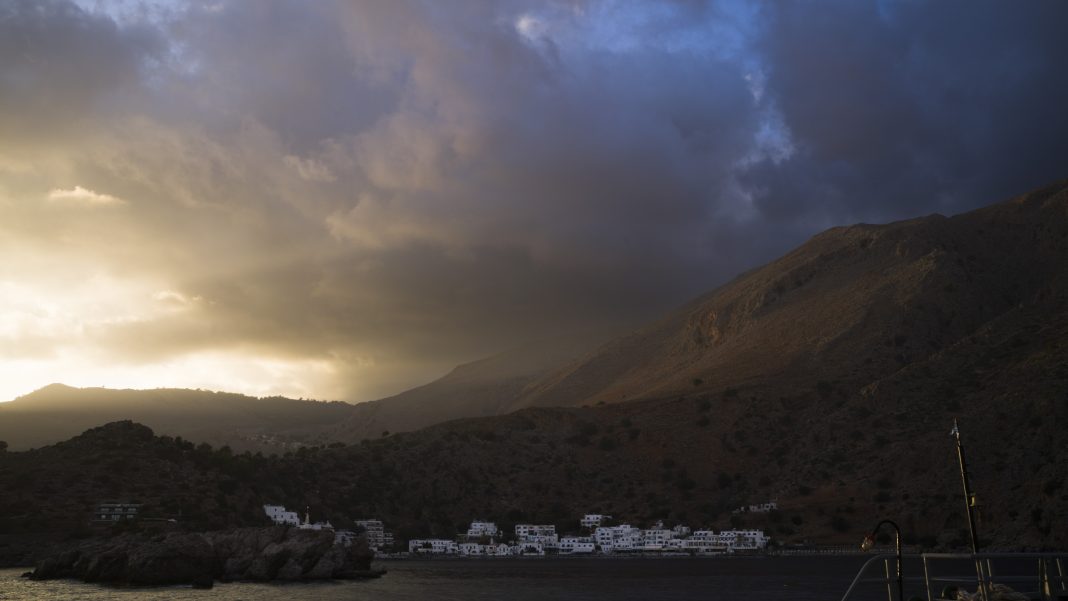
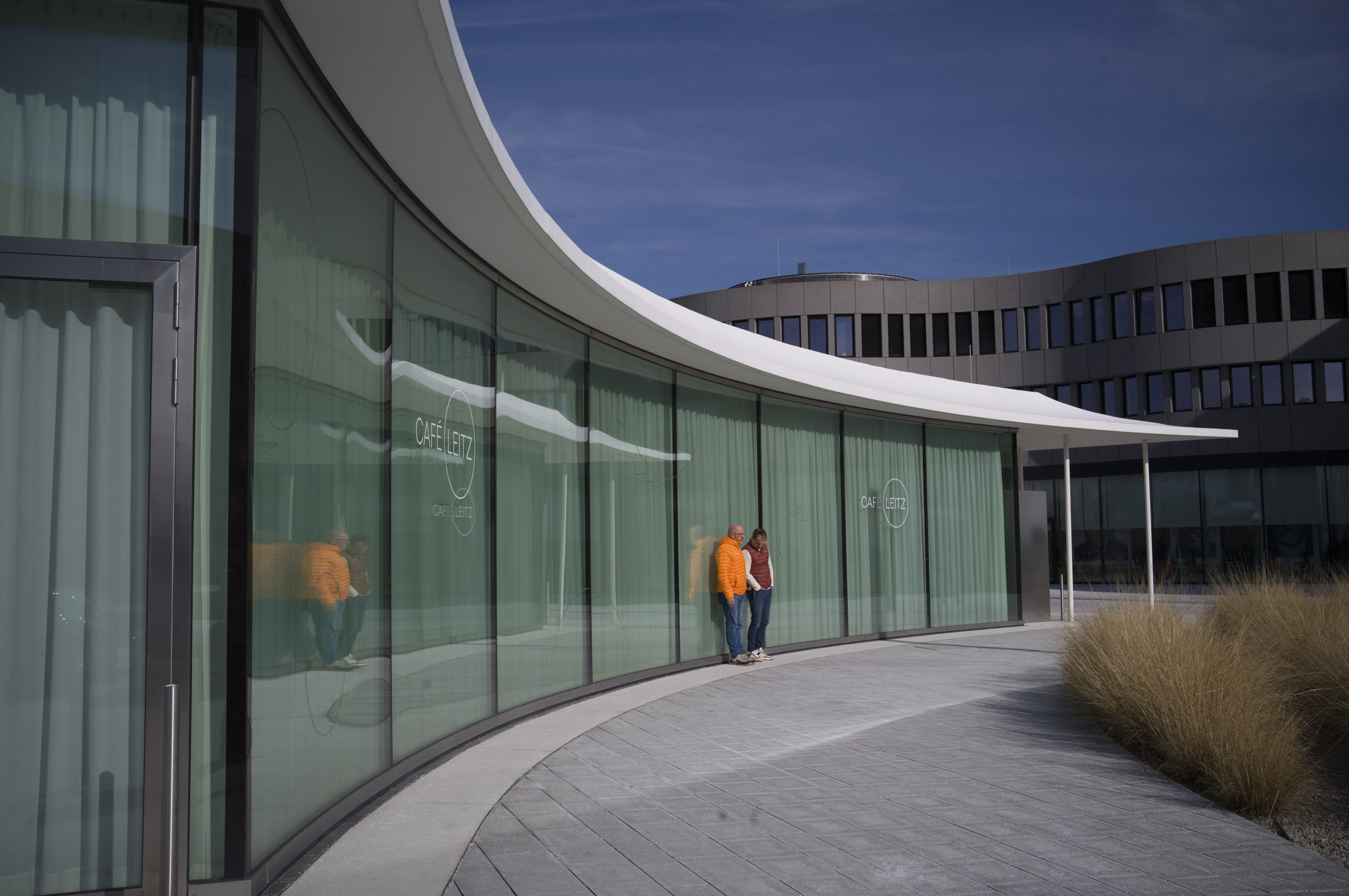
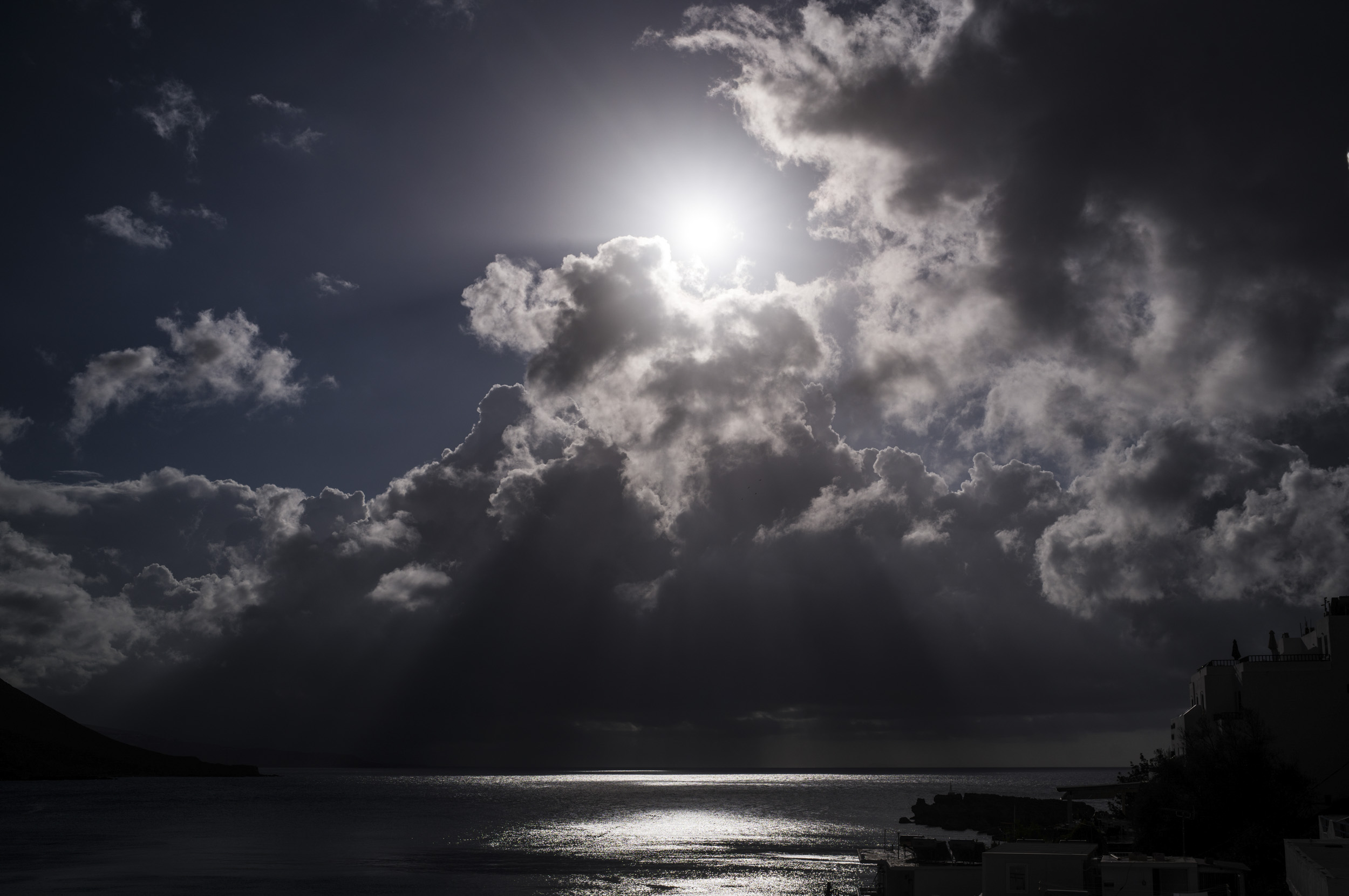
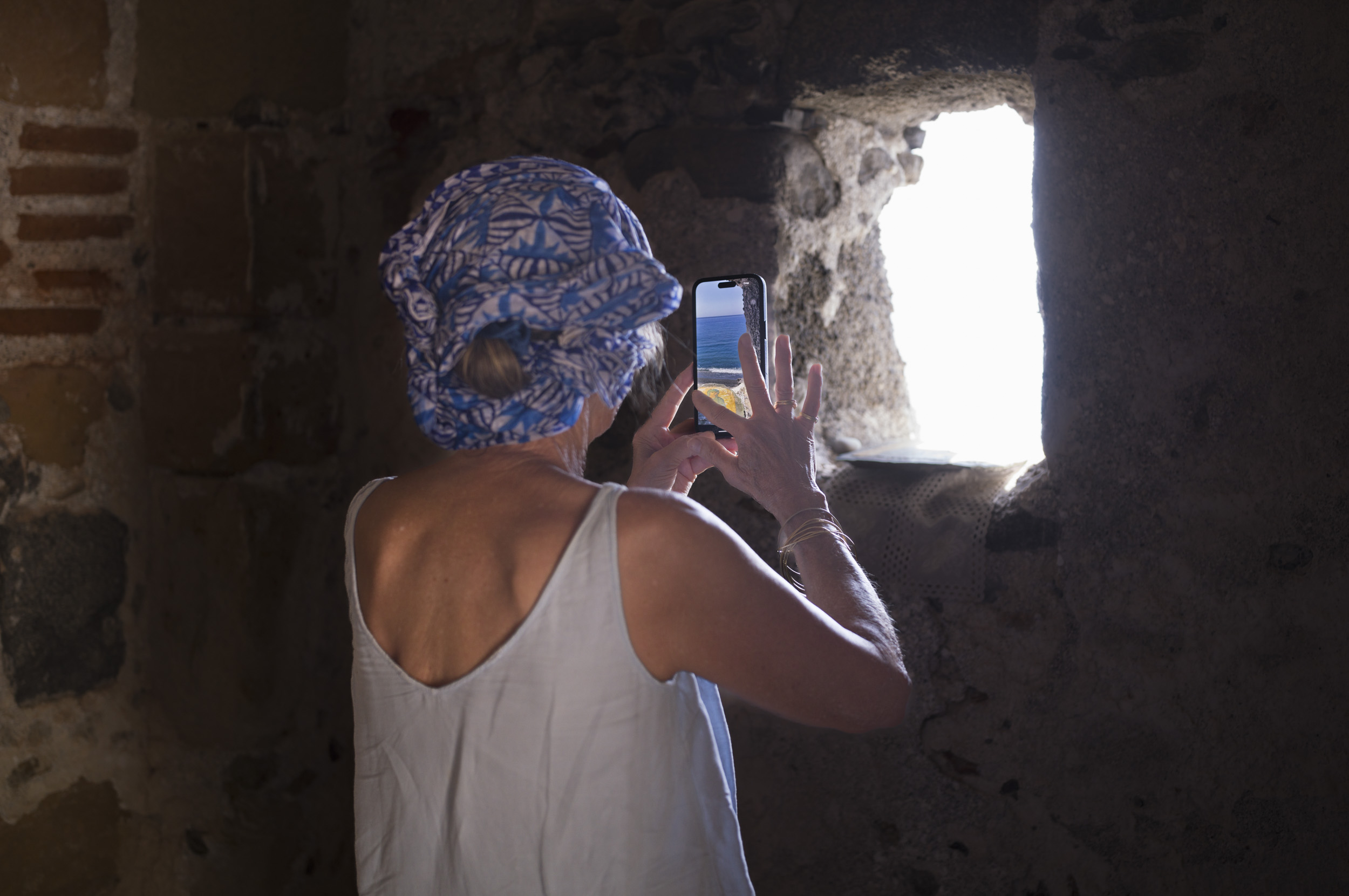
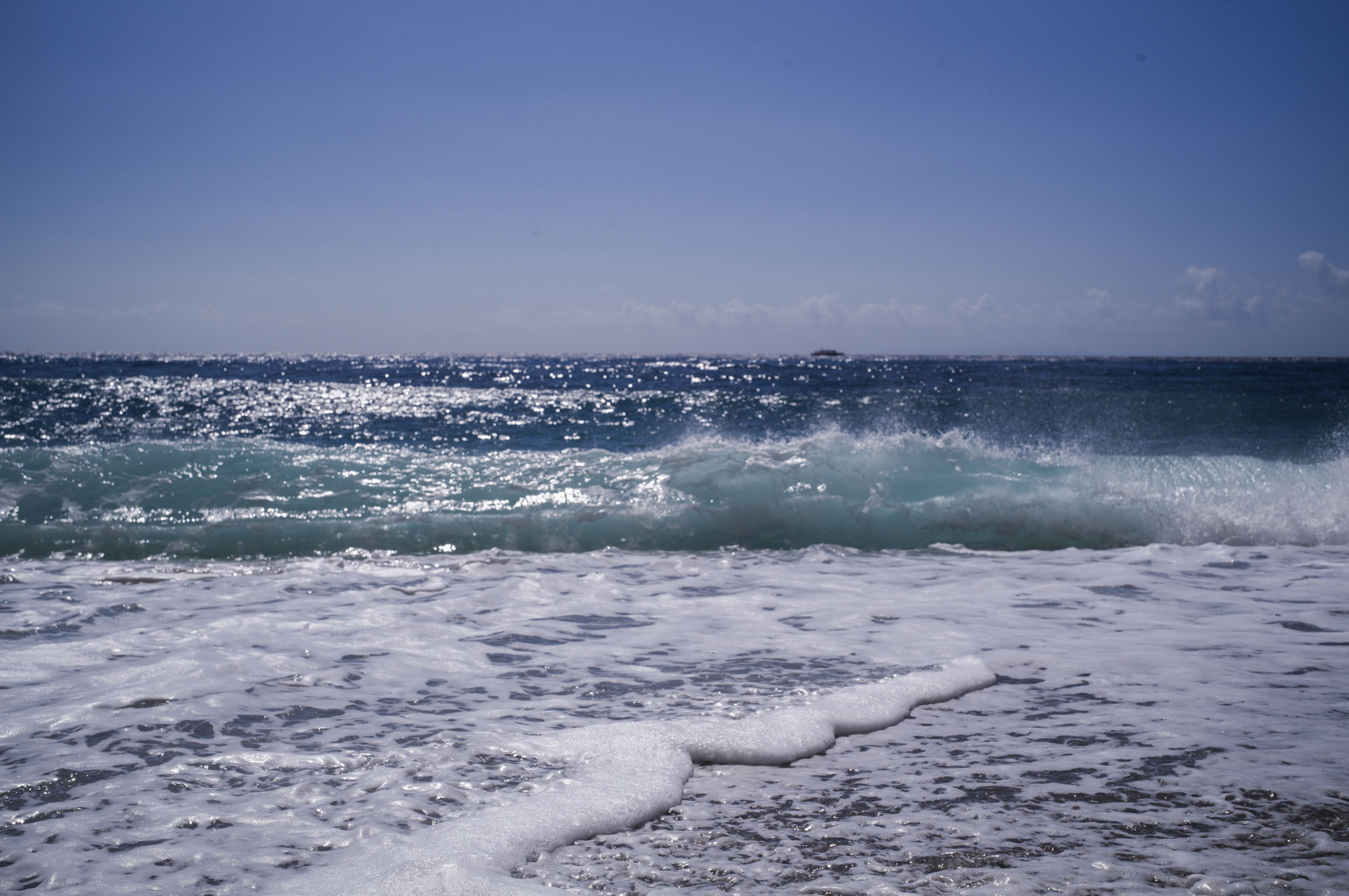


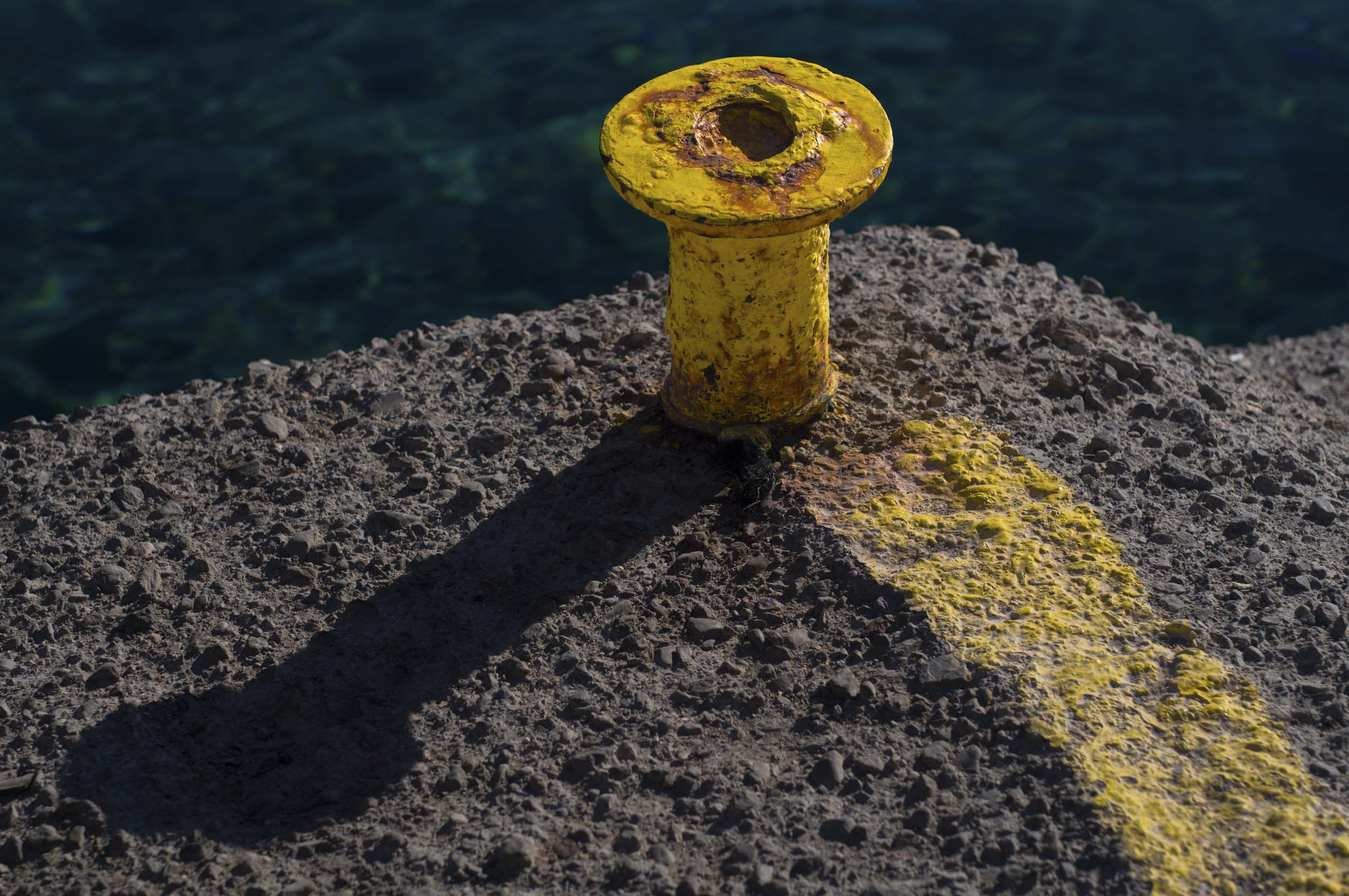
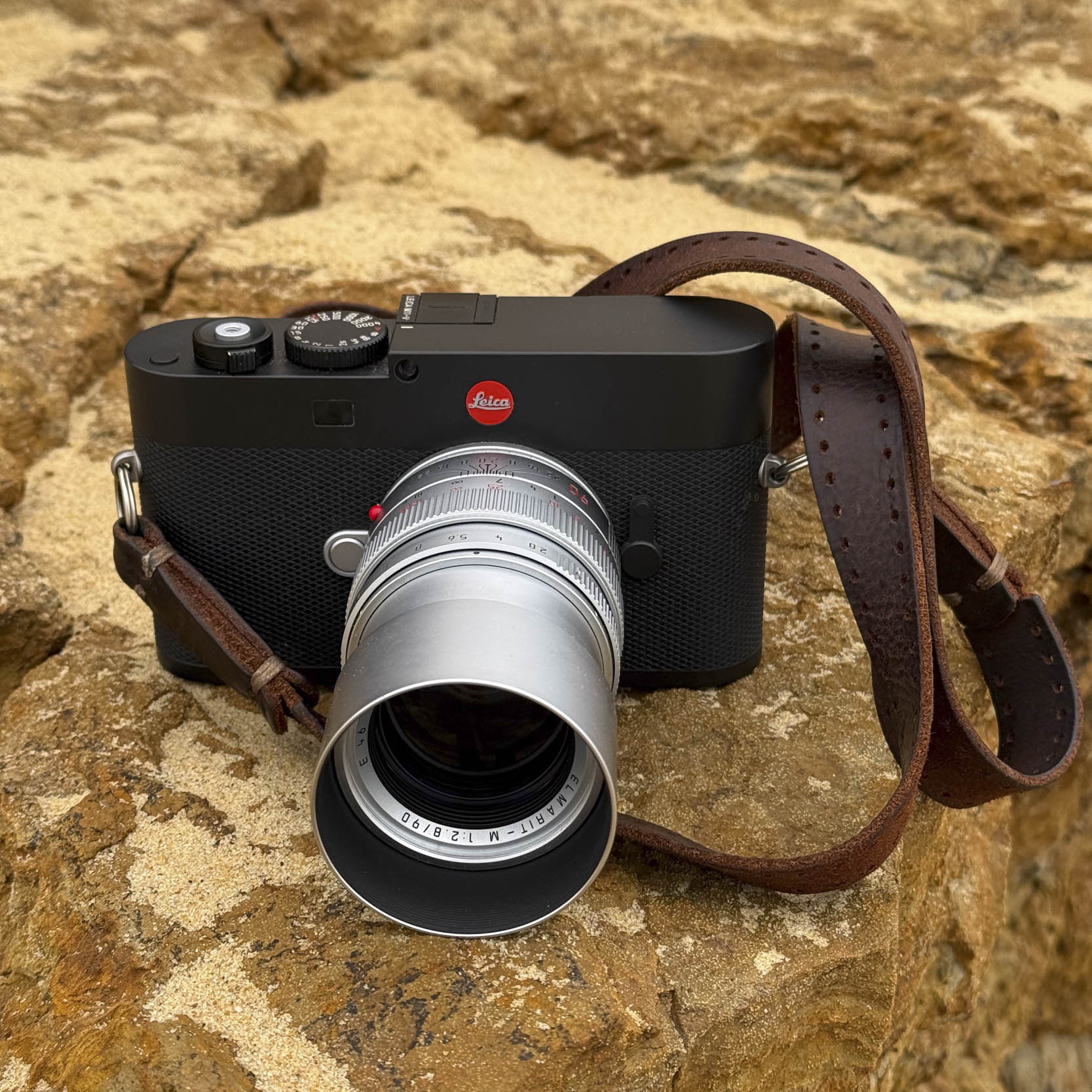
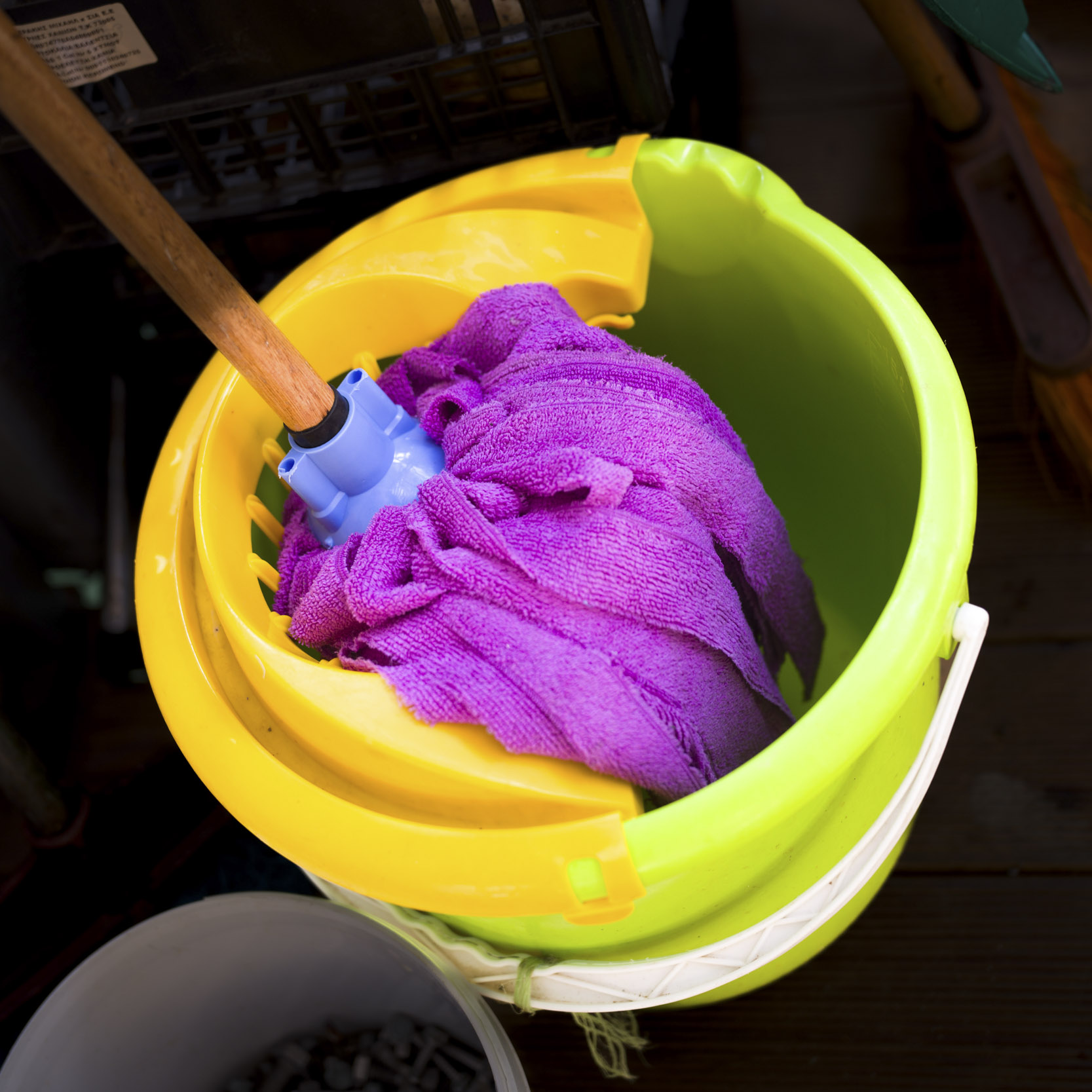
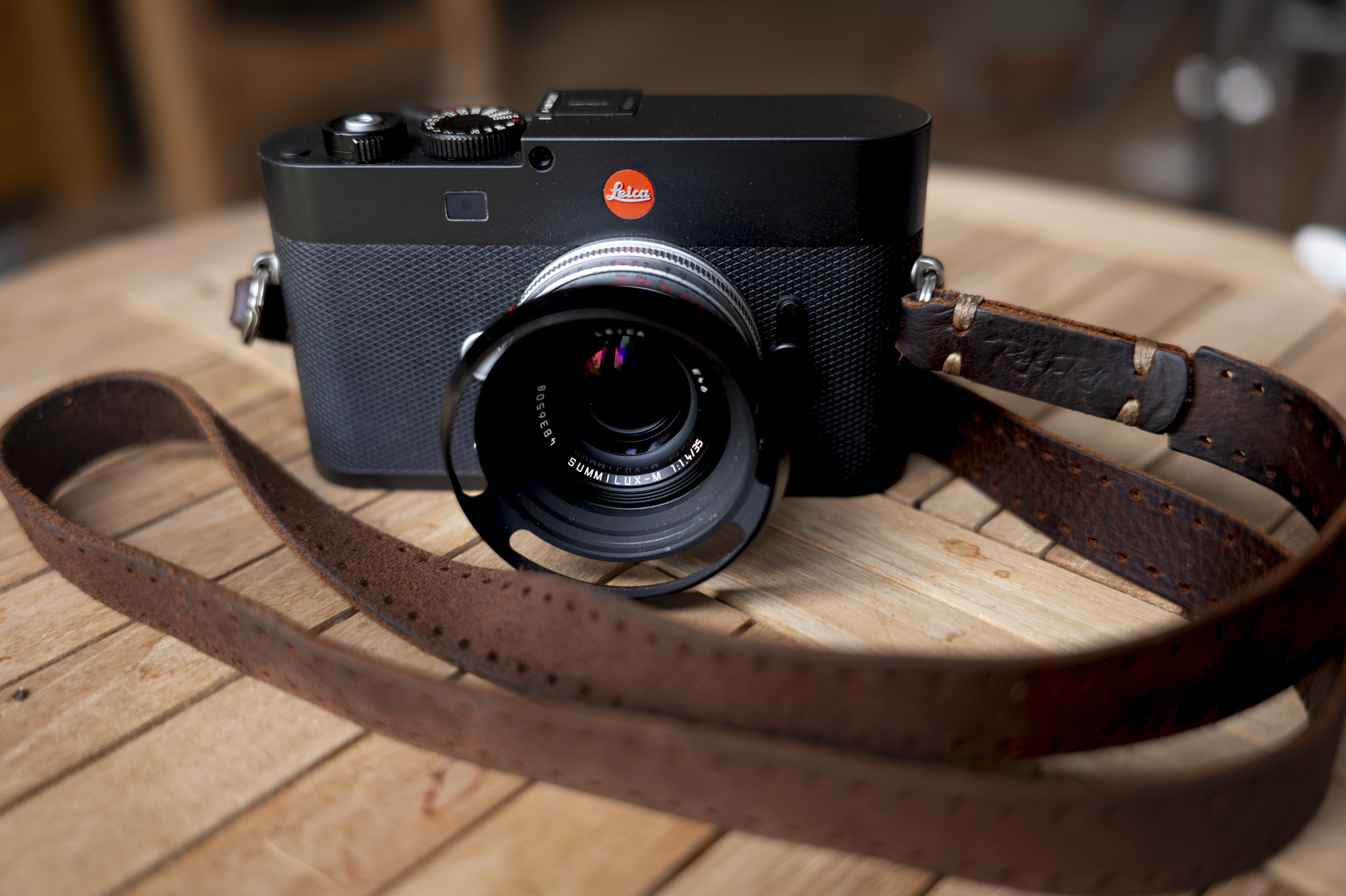
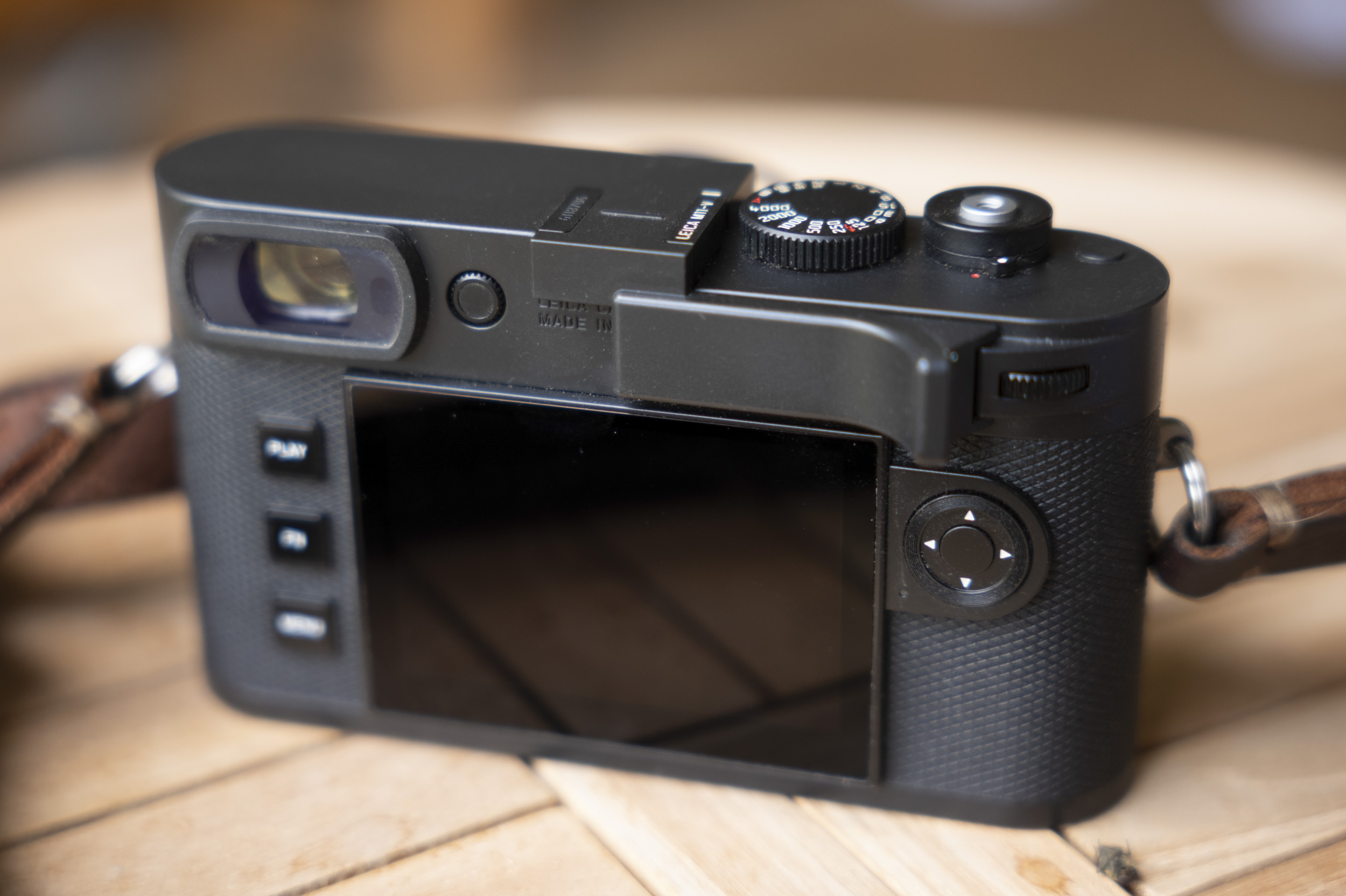
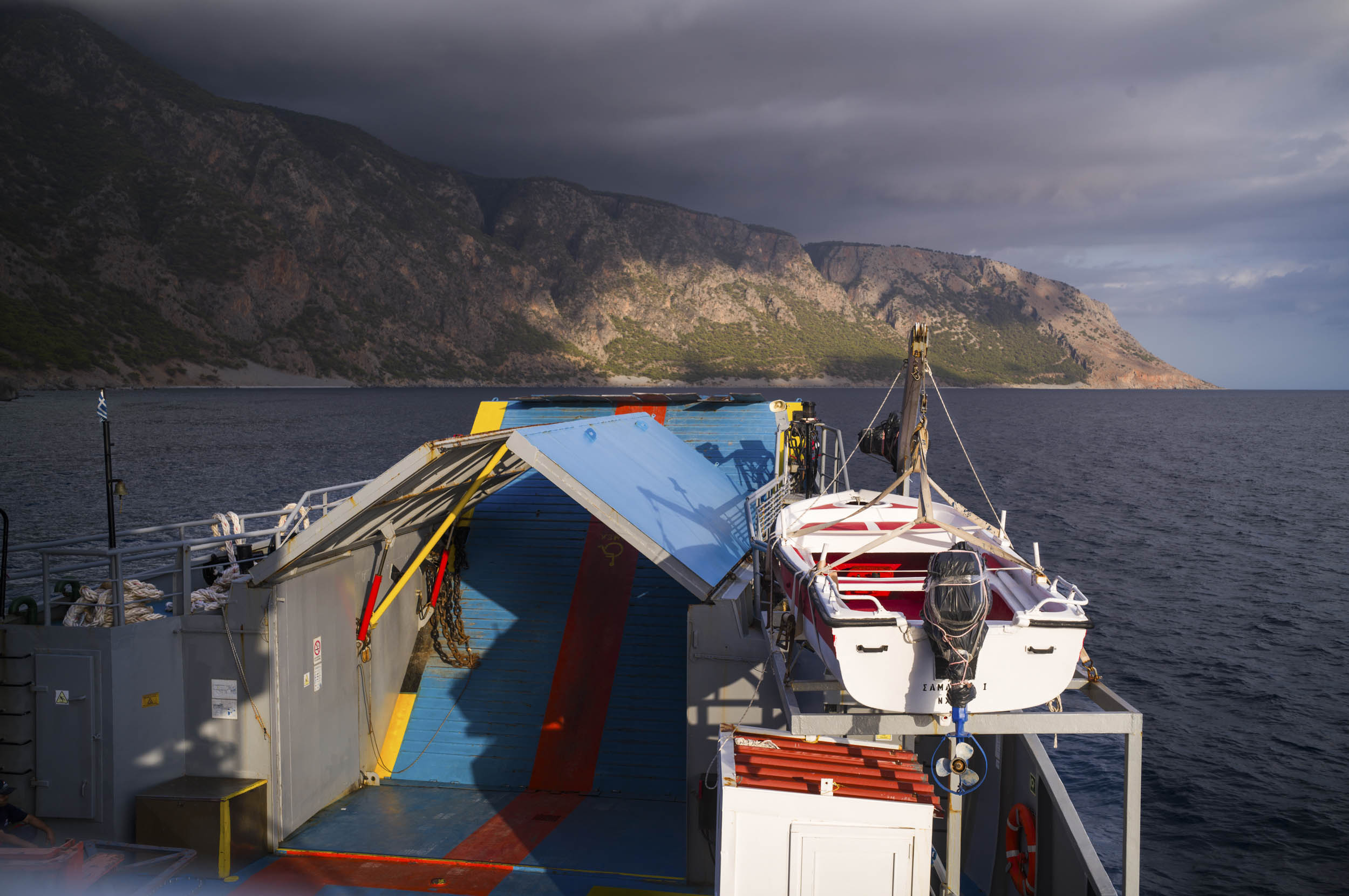

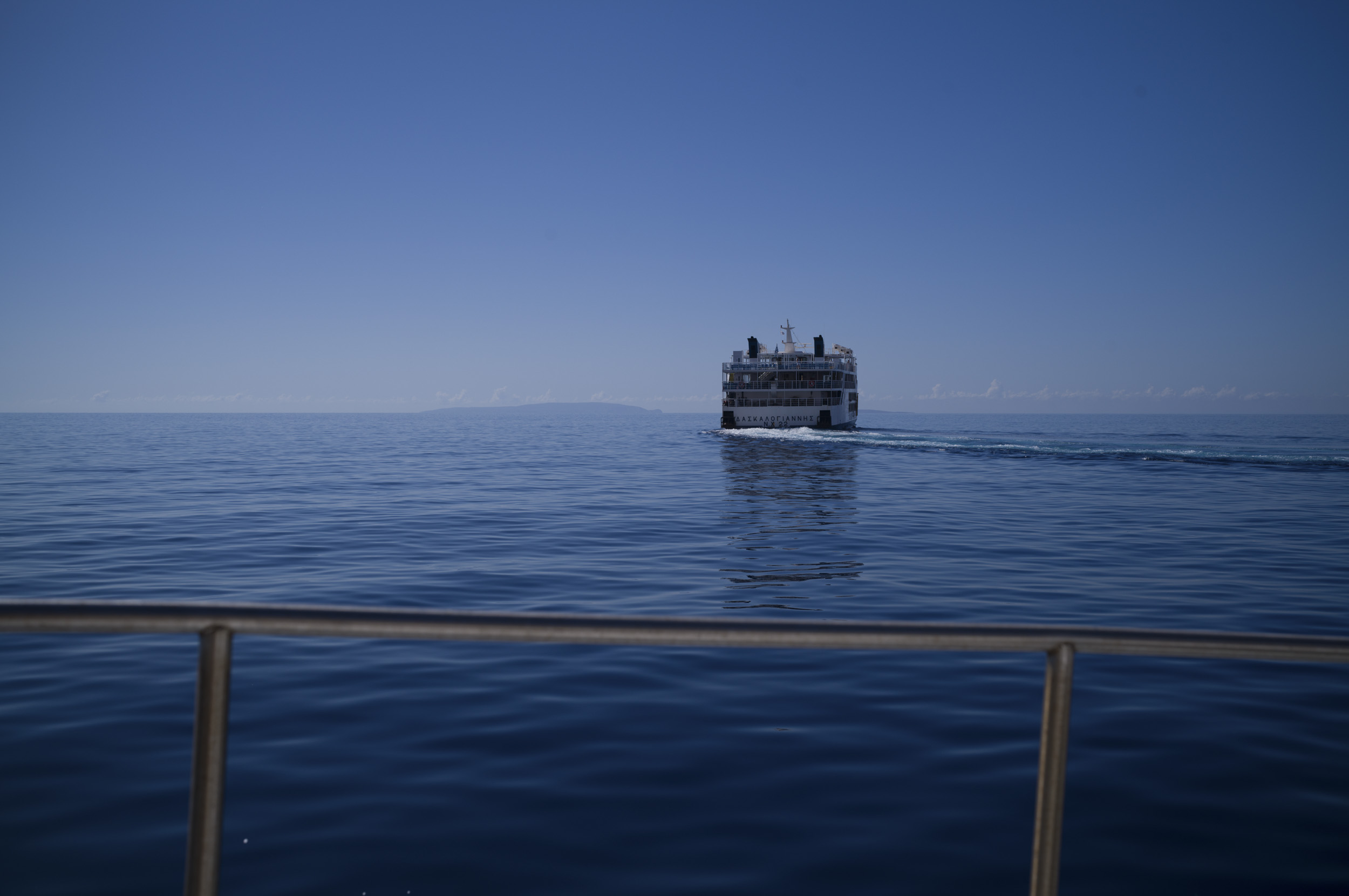
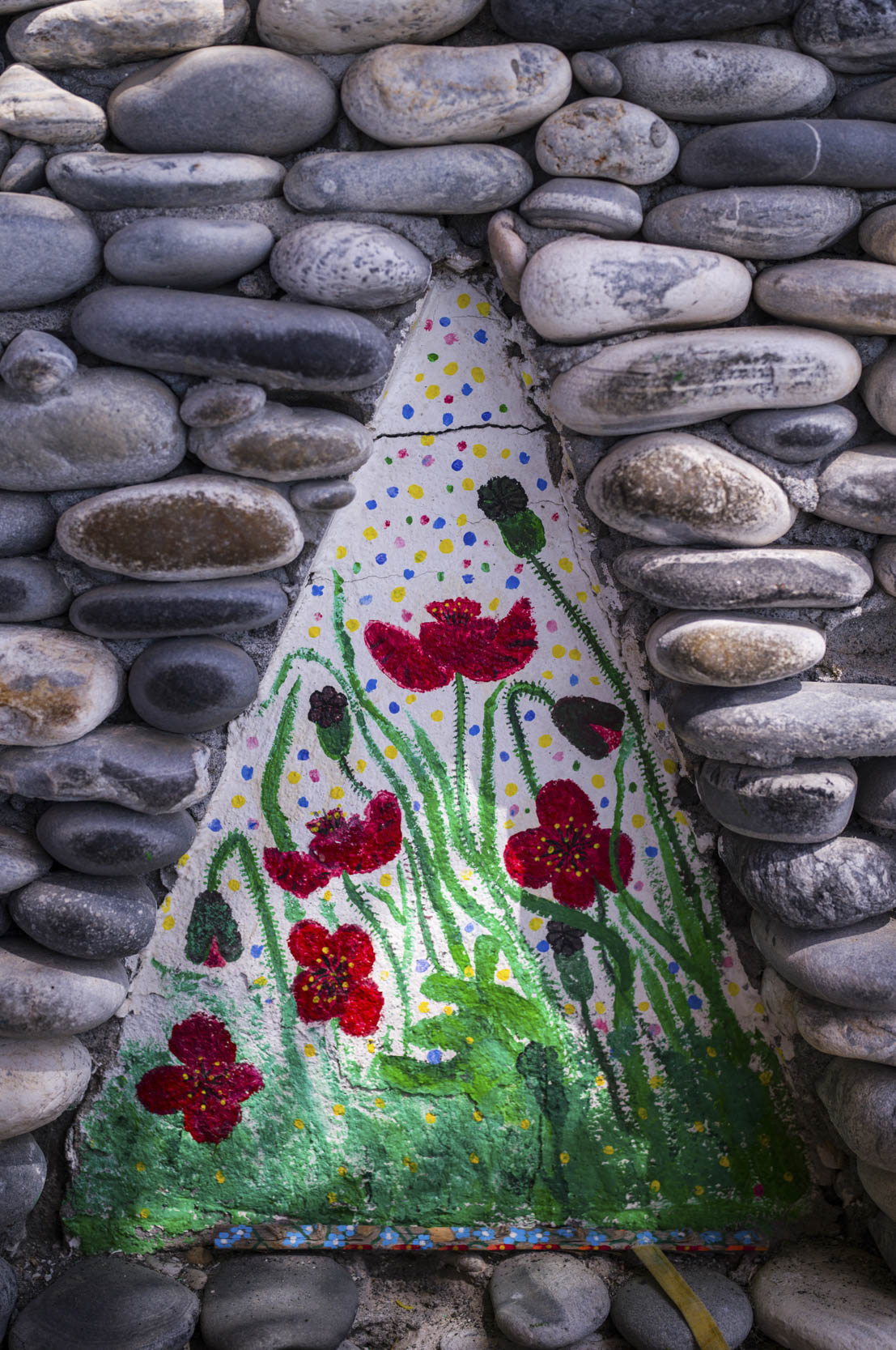
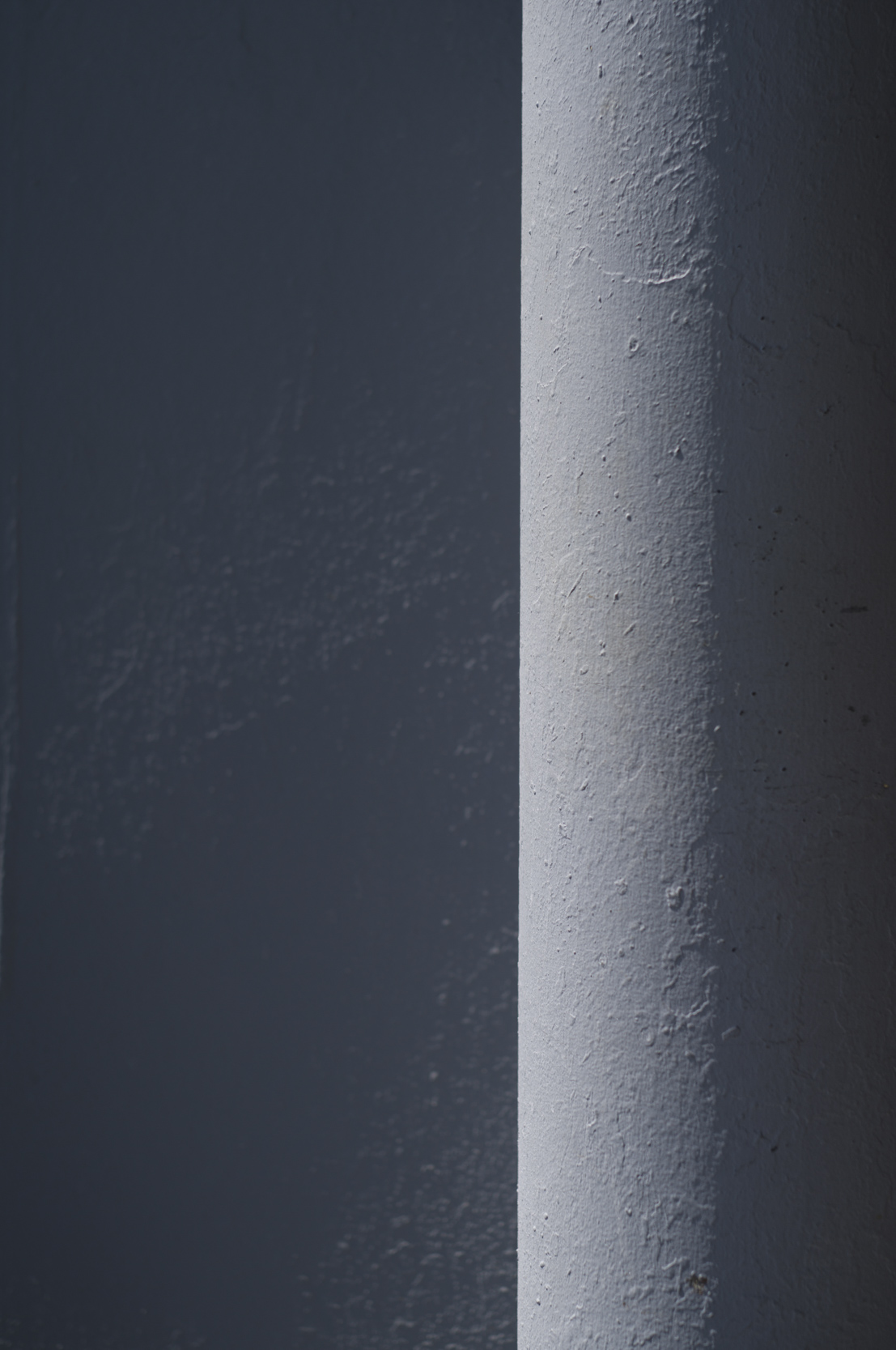
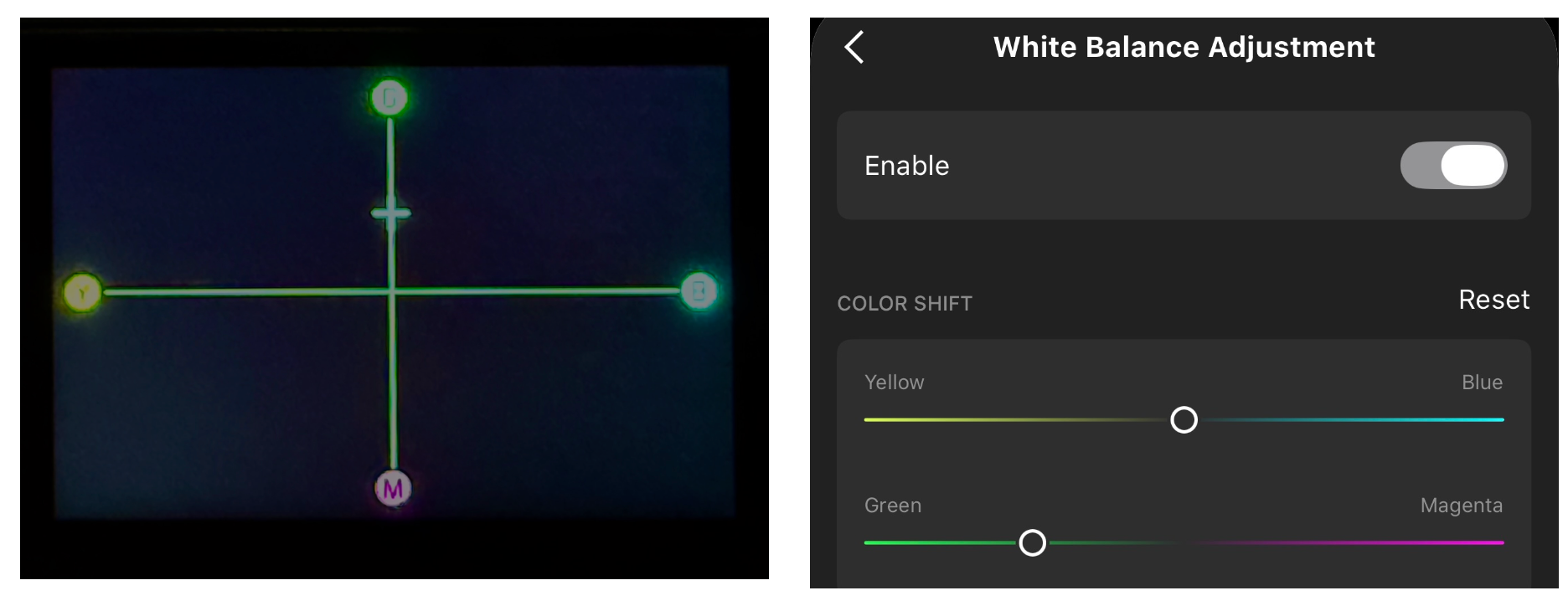

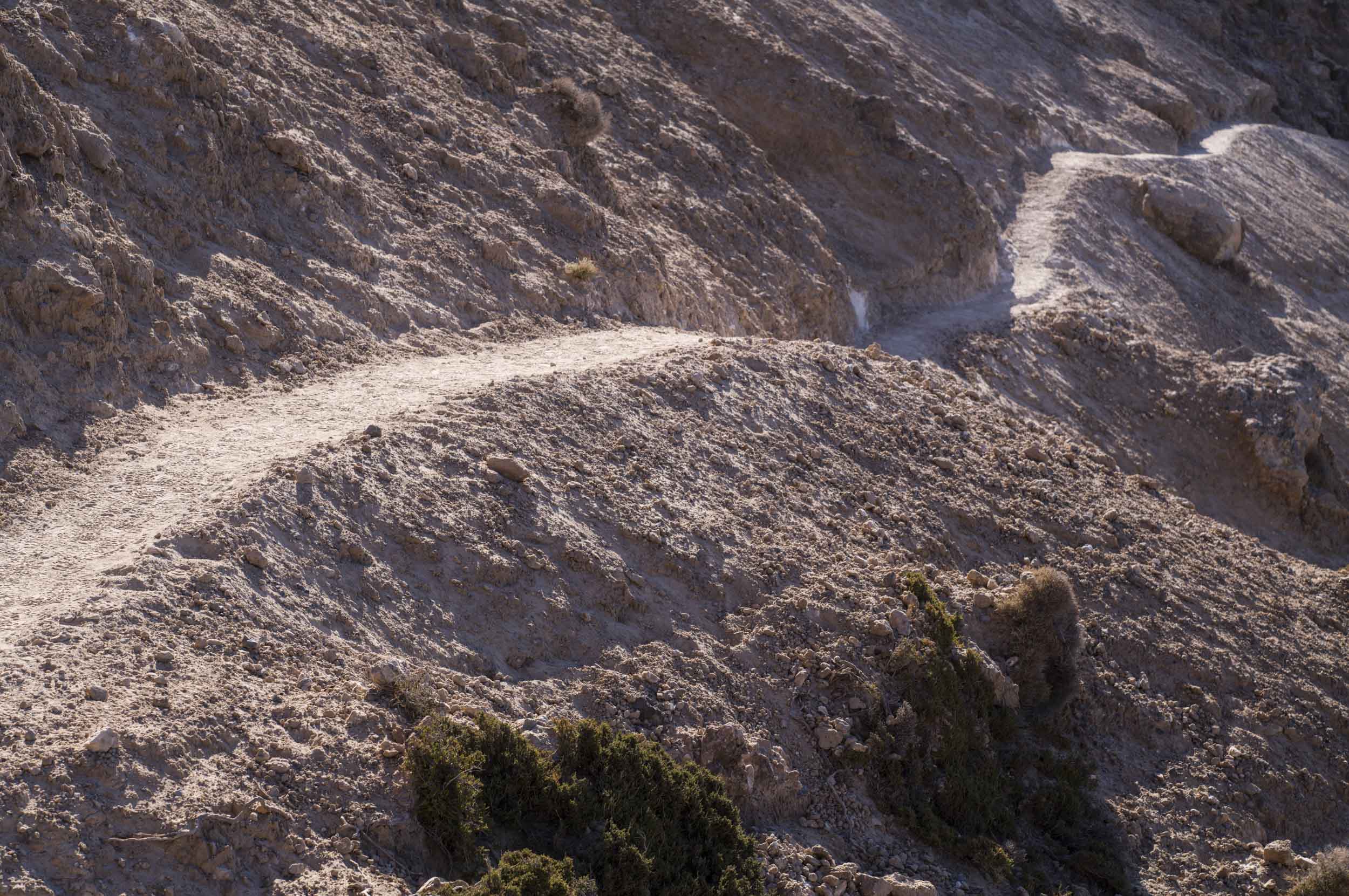
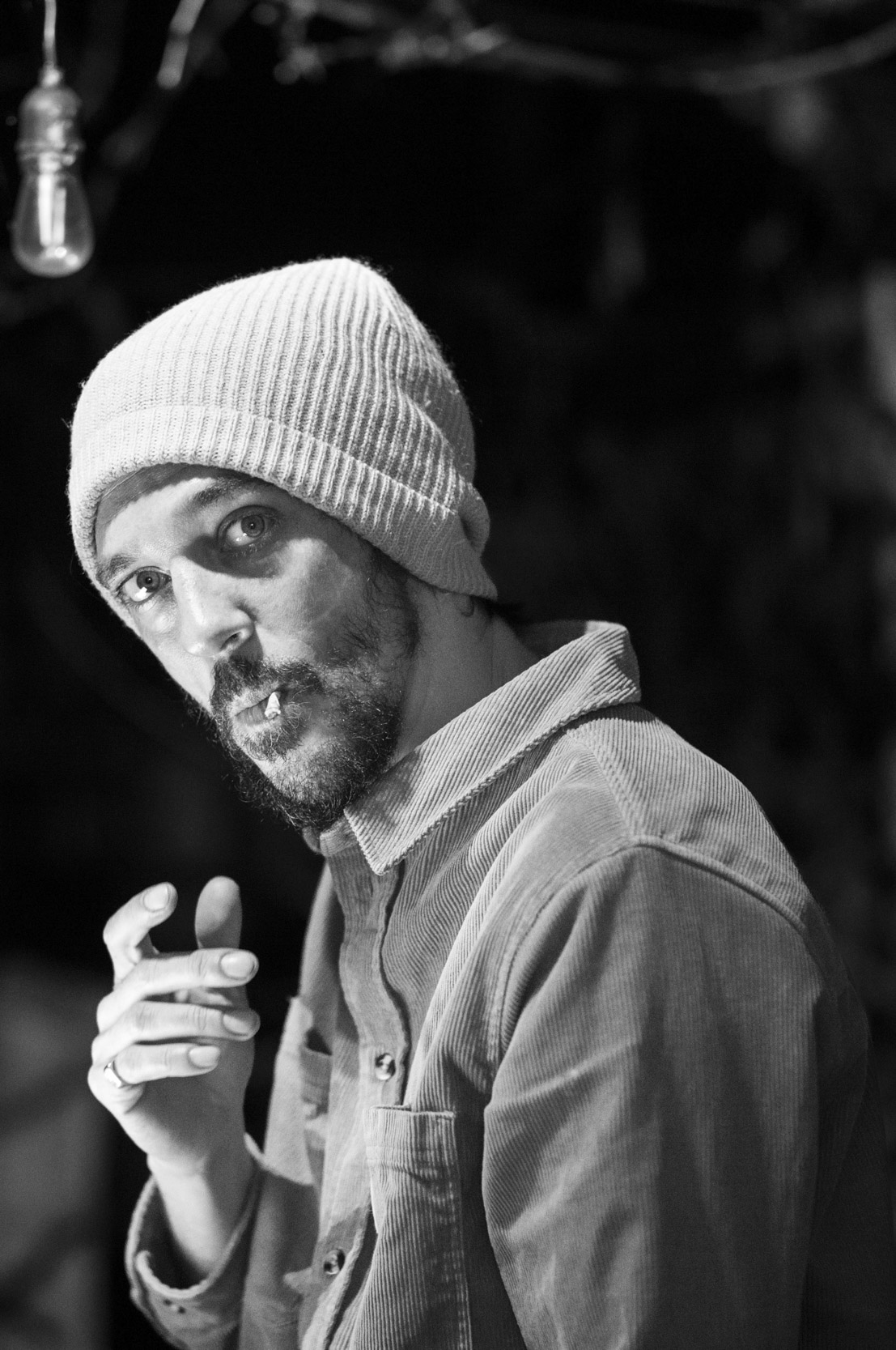

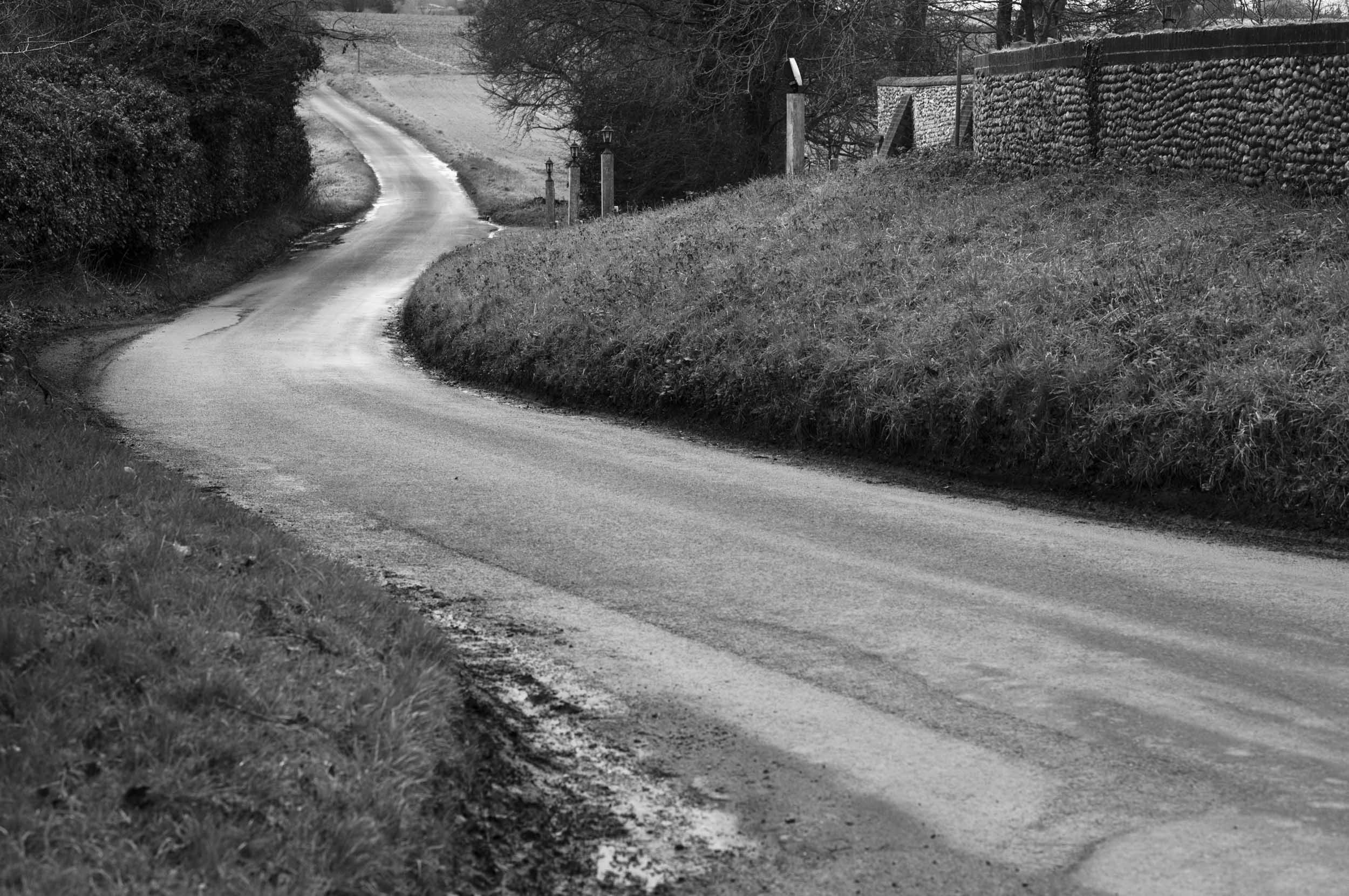
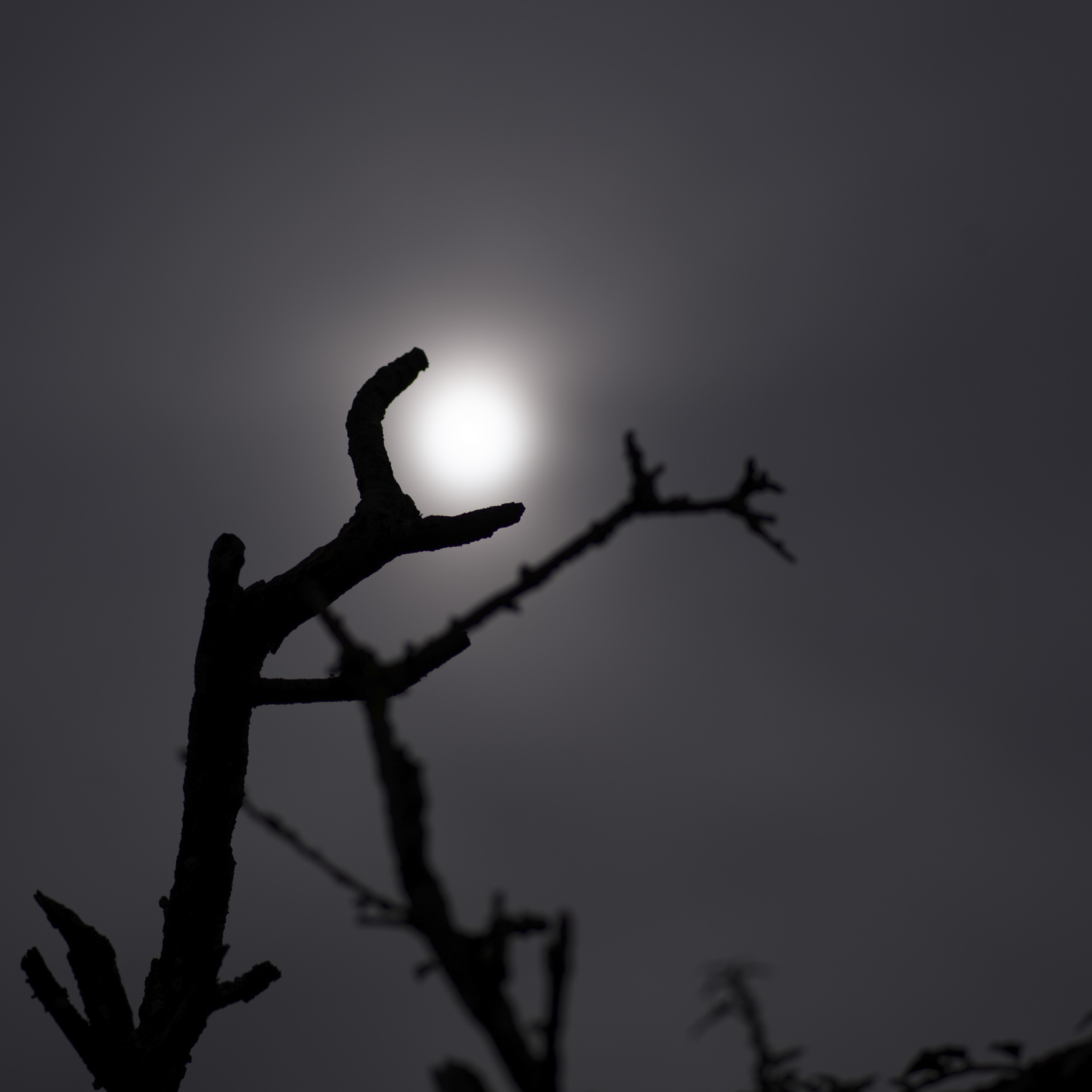
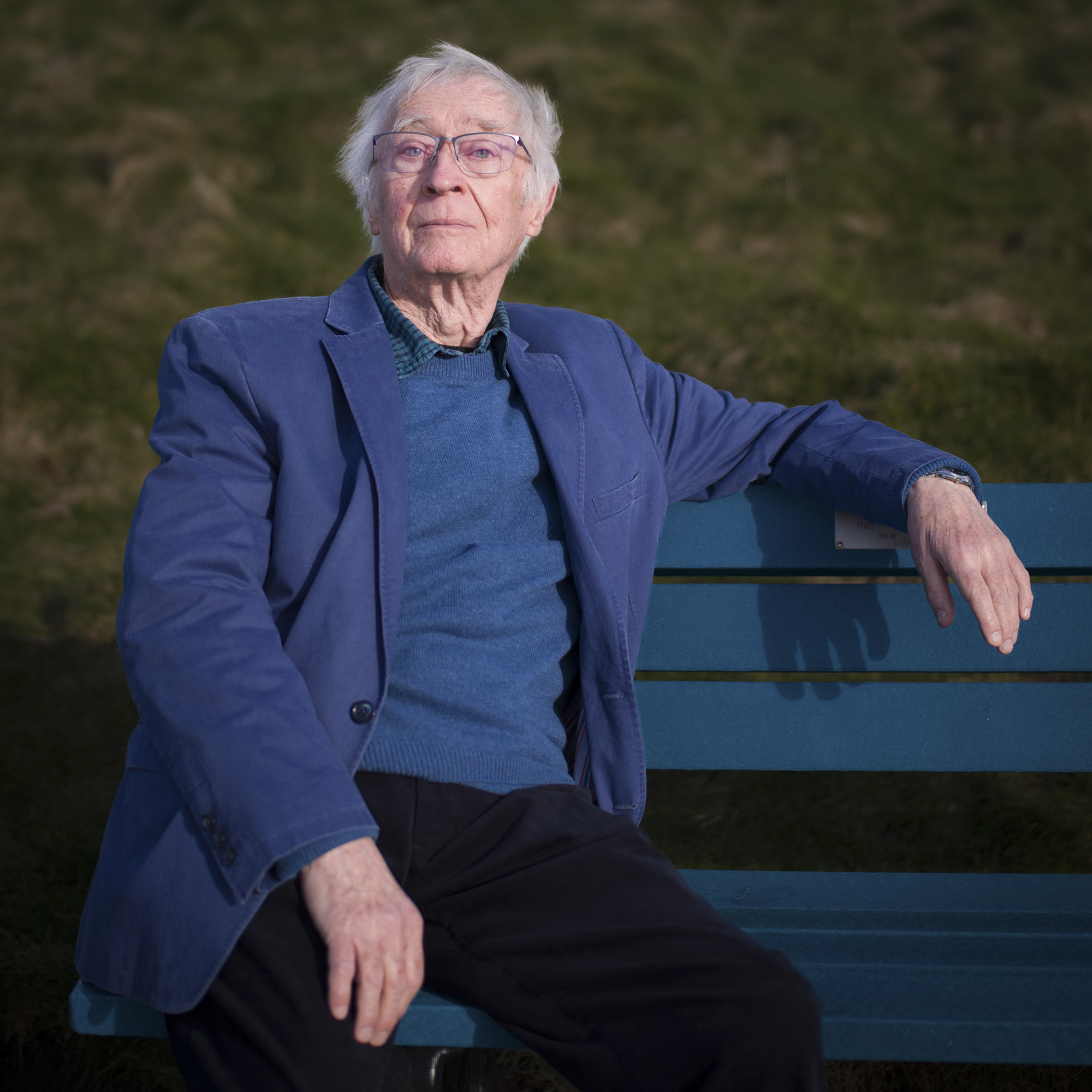

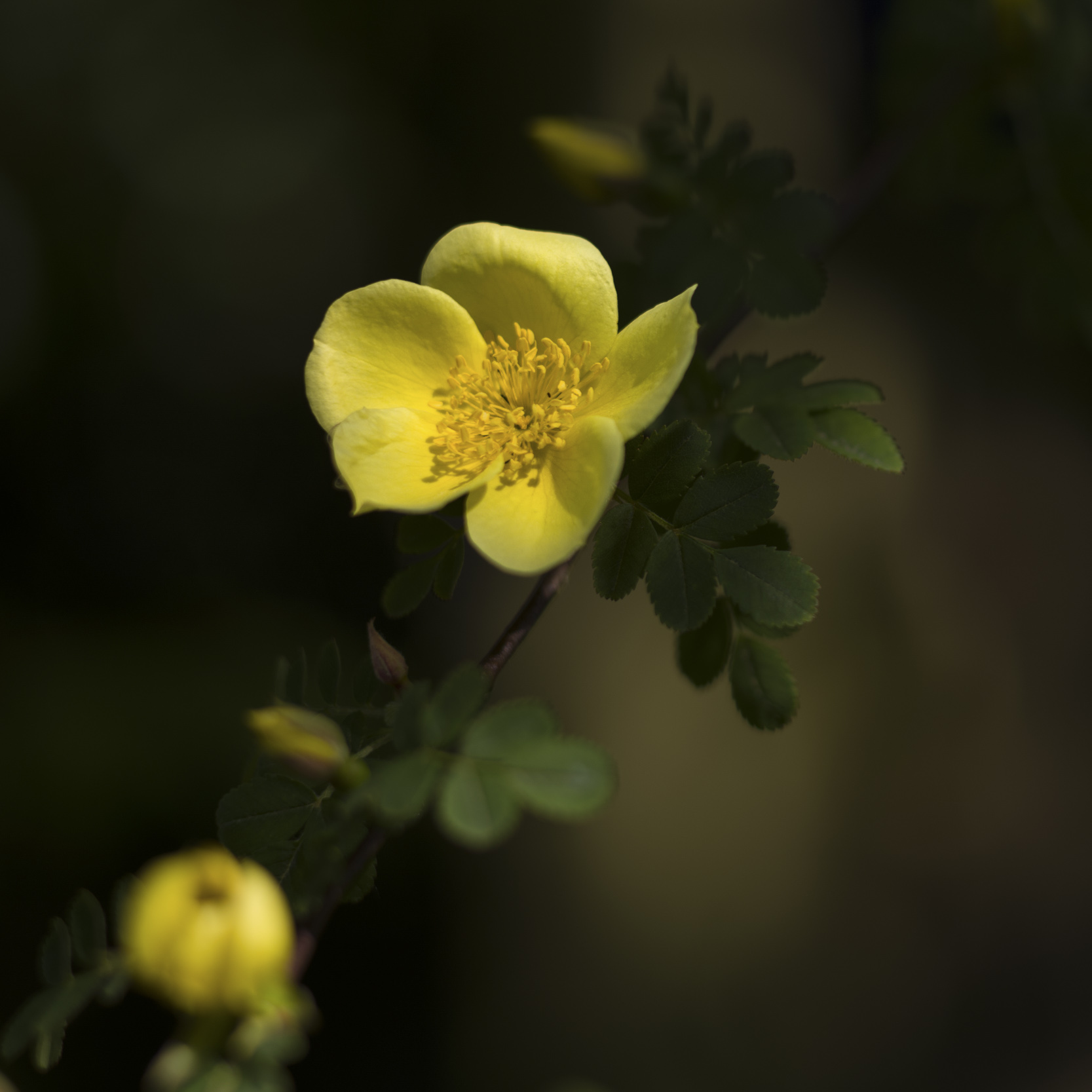
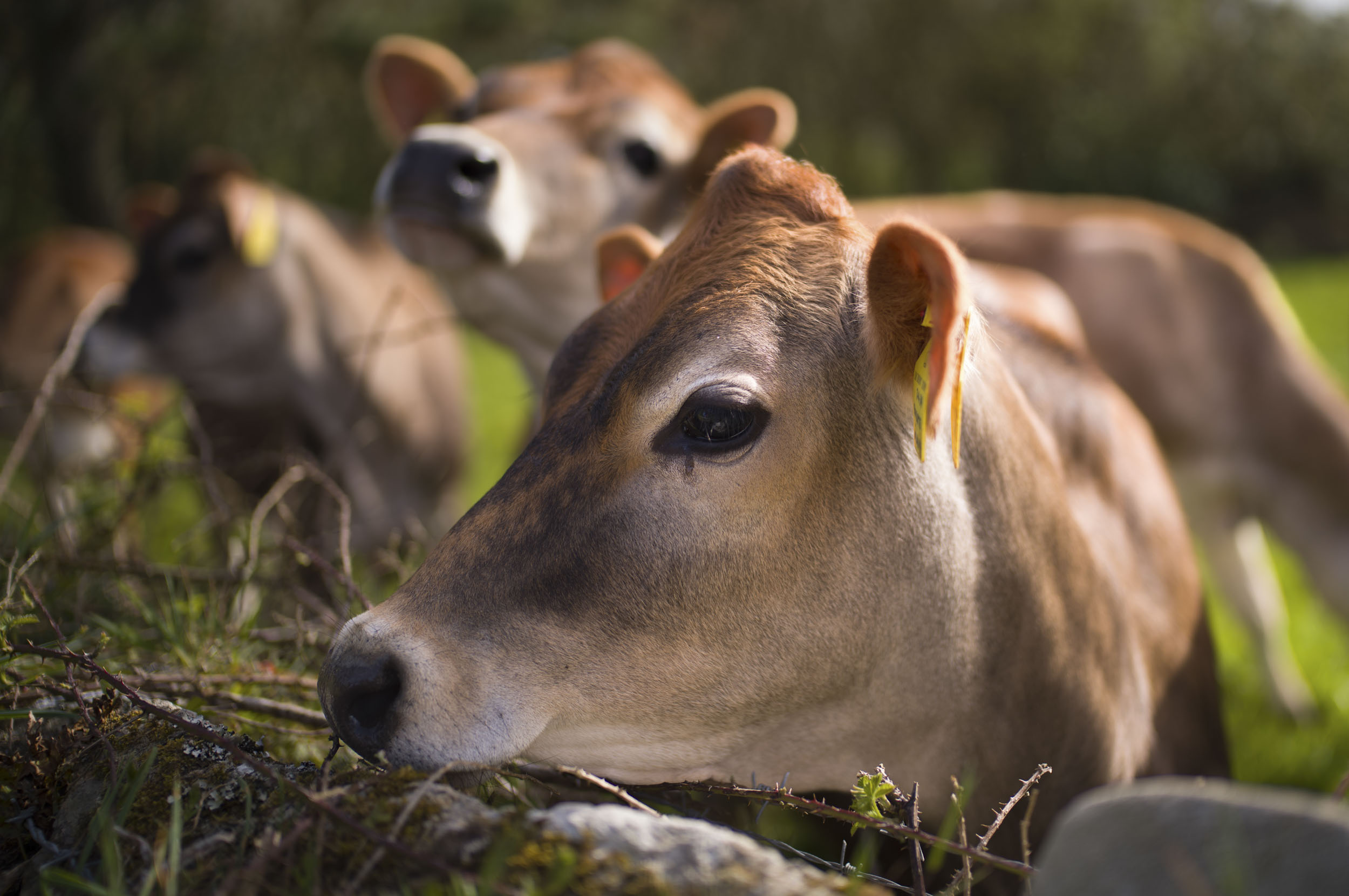
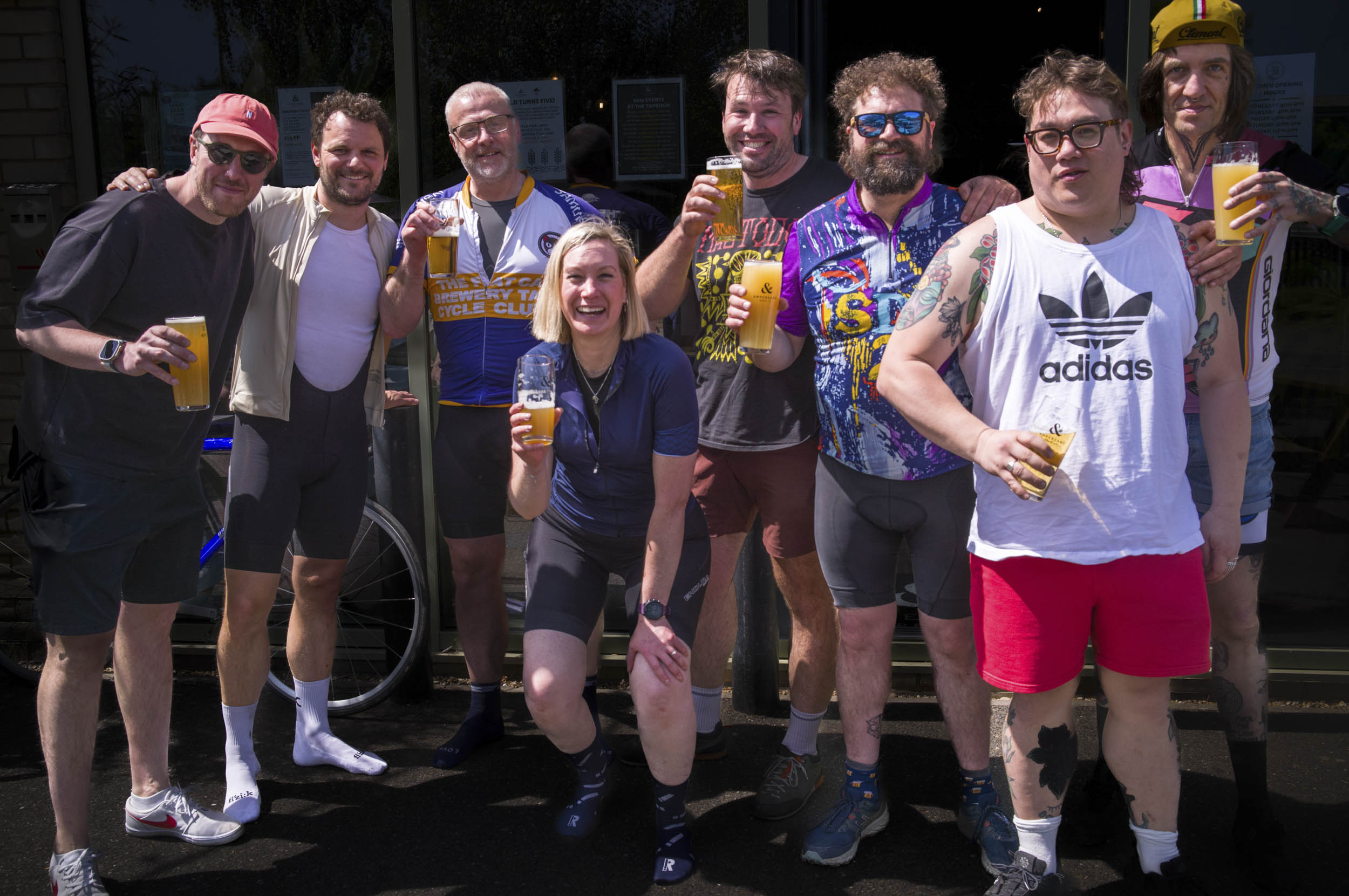

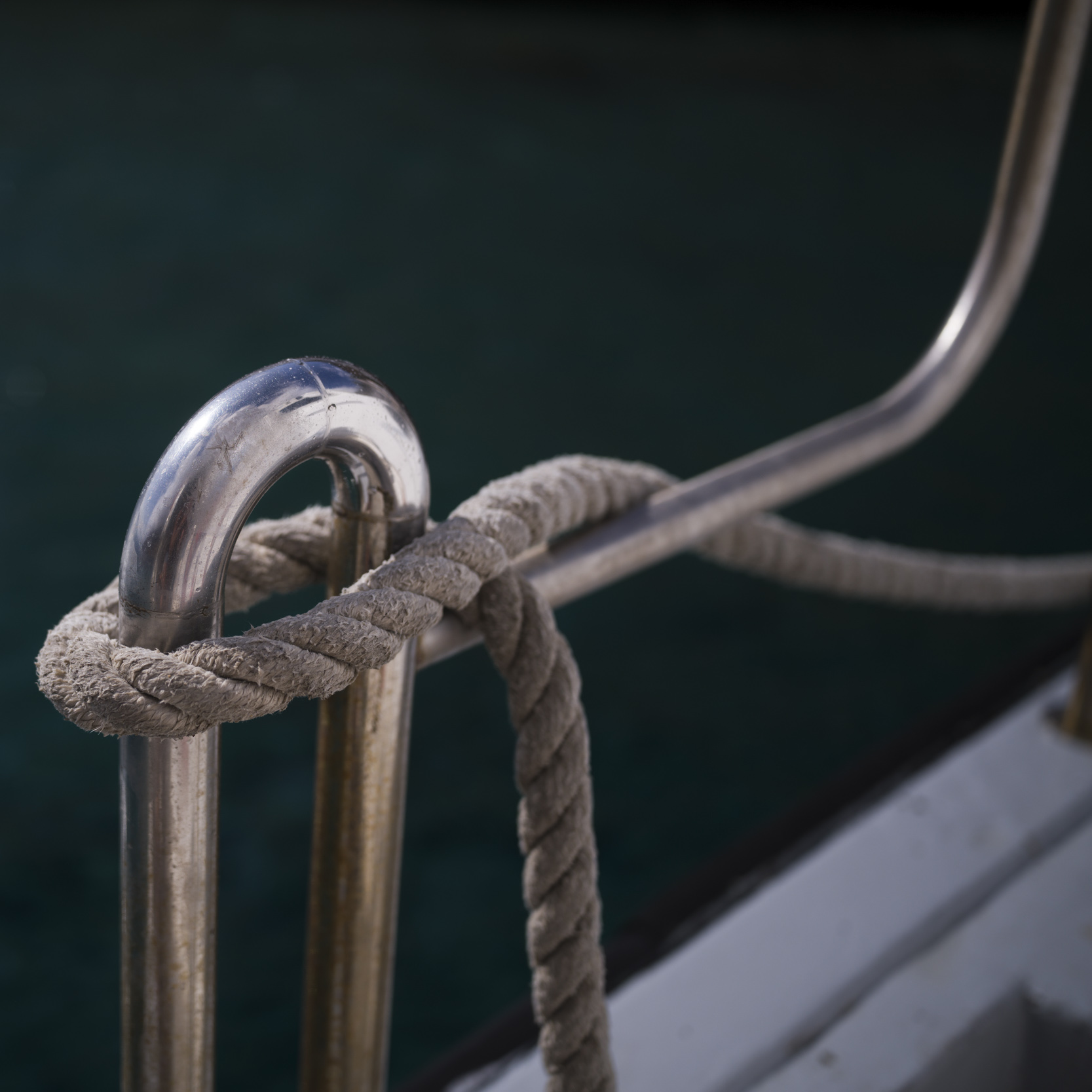
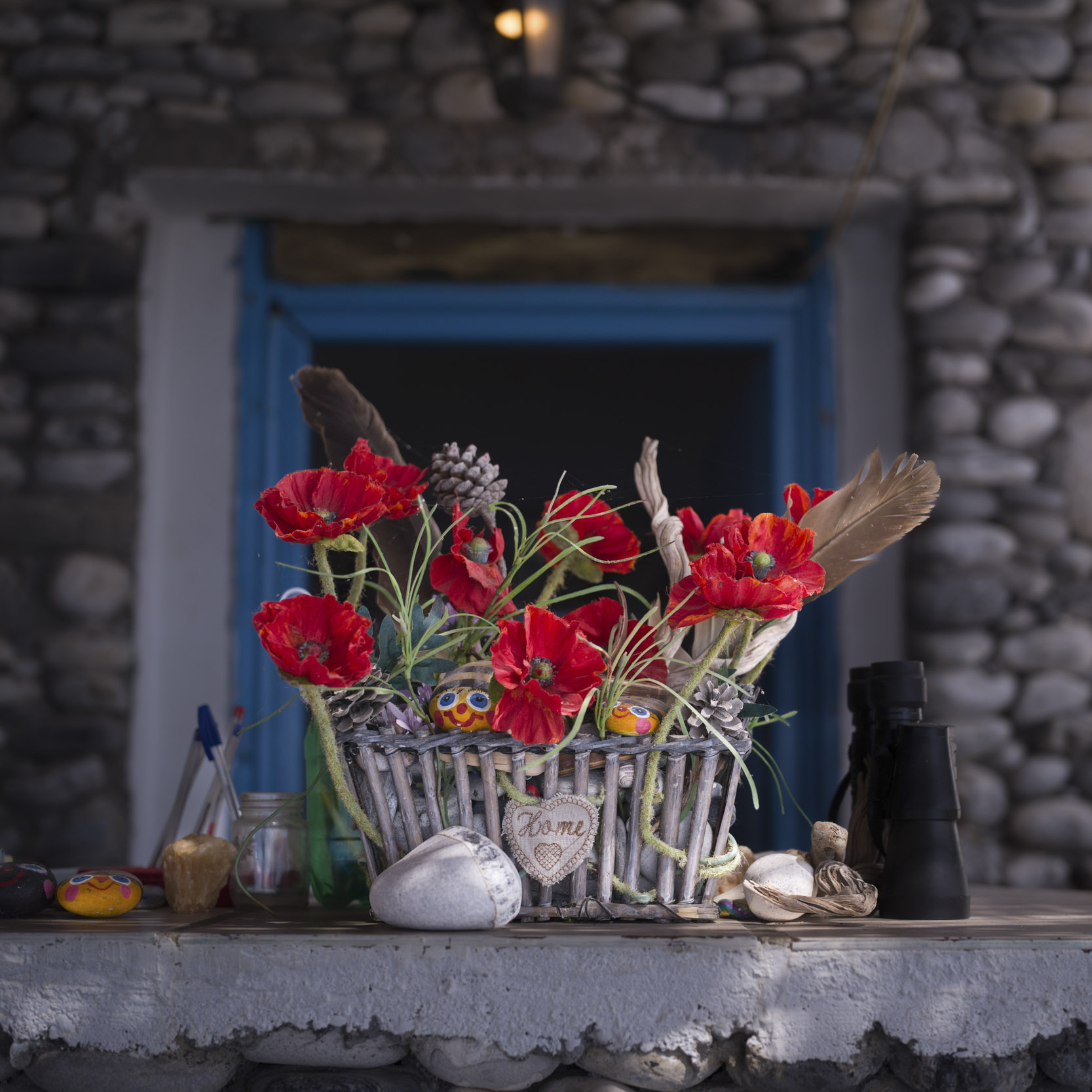










I just don’t really believe there are people curious about M, but nervous about “learning to use” a rangefinder. You pick up a rangefinder camera for the first time ever, you look through the viewfinder, look at the rangefinder and focus on something, you go “oh right, I get it, cool” and that’s that. 30 seconds max if you’ve never held a manual focus camera. If you’ve ever used an SLR with a split prism it’s instant understanding.
Thanks for another superb review complete with useful technical information. I wish this camera had come out years ago as it would have been useful for ultra wide angles and shooting fast glass wide open. I agree a range finder would be a far better choice for apertures like f/4 and so on.
I do not think this will reduce rangefinder sales significantly but I believe it creates an additional market.
I delayed on responding to this valuable article as I prefer to see images on my computer.
Hi There Brian
thank you for commenting – I’m glad you enjoyed it.
I agree with you – I don’t think it will reduce rangefinder sales much either. I reckon most people who buy it will either get it as a second camera, or wouldn’t. have bought a rangefinder in the first place.
All the best
Jono
So photo one, three, the winding road are the ones I would buy an M, for, EV OR RANGEFINDER I love landscape in mono or color. I still use my Q2m but droll over M10R,or M10m! I always wondered and now you have spilled the beans and outed John in blue who I figure is Sir Michael Caine’s stunt double. Thank you again for another superlative review that will drain bank accounts.
Hi There John
I had John in Blue down as Bertrand Russell – but I can see the Michael Cane there as well – he’s my brother in law and doesn’t like having his picture taken – just the once he sat on that bench and posed! I love that picture!
Having finished the article, I’ve gone back to shooting my long abandoned M11 (until the next one comes along!)
Glad you enjoyed the review – that’s my intent, not draining bank accounts!
All the best
Jono
Jono, I tried Bill Rosauer’s pro-production model here in Montreal. The camera felt compact and easy to use. I am, as most people here know, a traditionalist and found that I could focus easier with a rangefinder than with an EVF. However, the images on one of my cards looked fine on the back screen. I will see what they look like in more detail when I get home. Bill’s pre-production model did not seem to work with Fotos. Bill and I both agreed that anyone, acquiring one of these, who already has an M with an optical rangefinder, should hold onto both cameras before making a final decision. I have had cataract operations in both eyes and find that in most cases I can still use a rangefinder. I’m sure I would get used to the EVF over time.
Great article and photos, as ever.
William
William, congratulations on your ennoblement. Another string to your ever lengthening bow!
Thanks, Mike. I had a good sociable dinner with Macfilosman Jon Cheffings in Montreal. He really enjoyed the event.
He who wears the crown etc.
William
Hi Joni,
How do you rate the CL as a support camera for the M11? You get EVF with manual lenses and auto with CL lenses. Similar quality results, for amateurs.
Hi there Peter
That’s an interesting question. I loved the CL – but honestly I feel that great 24mp sensor can now be bettered. But if you have a bunch of CL lenses then it’s a no brainer for lots of things.
But for M lenses? Not so much. Use the M11!
Some years ago I would have welcome M body like this, but not anymore. I can and do from time to time use Leica M lenses on my SL3 via Leica M to L adapter. This setup brings in IBIS and tilt screen benefit. Extra size and weight do not bother me.
You point to the difficulty in focusing at small apertures. Is this just due to the large increase in depth of field or because the image gets darker? Ie does the EV1 automatically stabilise the image brightness to roughly the same level whatever the aperture?
Hi John
The image doesn’t get darker – that works well.
It’s to do with the increasing depth of field meaning that it’s hard to find the proper focus point
Best
Jono
As someone with not that good eye sight (astigmatism) this sounds interesting, and promising.
In some time maybe can get rid of the 1.4 viewfinder magnifier and leave my small collection of external finders at home? Perhaps its also worth mentioning that I have a Monochrom.
Perhaps I just buy that Q and case closed, but where is the fun in that?
Hi there
It rather sounds like it’s made for you
All the best
Curious what the two “opening” are on the top plate front. One is rectangular under the shutter speed dial the other is circular under the hot shoe.
Hi Tom
The round one is estimating the Aperture, and the rectangular one is the self timer light
Excellent work as usual, Jono. Well done!
Best,
Chats
Thank you Chats
Pity we couldn’t have done a 3 way job in Montreal (we couldn’t all have had Umbrellas!)
Haha.
Delighted that this camera has been launched. With age Rangefinder focusing is becoming more difficult and I was using my Q2 more than my M11.
Hi there Jonathan
I hope it helps – lots of good things about it.
All the best
Hi Jonathan,
Really enjoyed the article, especially your reflections on using the EV1 versus an M11. Personally, I welcome the arrival of the EV1. I was surprised that most of the photos you included were taken with a 35mm lens. Obviously, that is a very popular focal length for rangefinders, but I would have thought the appeal of the EV1 is the ease of using wide-angle lenses, telephoto lenses, and fast lenses shot wide open. It would have been interesting to see more shots with the WATE, your Noctilux wide open, and a 90mm or 135mm lens. Nevertheless, great images! All the best, Bruce.
Hi Bruce
You make a good point about the pictures. The problem is that the Jono Slack who takes the pictures is a different one from the one who writes the articles! When I’m selecting images I pick the good ones rather than the relevant ones.
All the best
Hi Jonathan!
As you may already know from my email, I loved reading this article and thoroughly enjoyed your fabulous images. The combination is holistic, which I think is important in bringing meaning to the significance of the M EV1.
Cheers,
Joel
Hi there Joel
Thank you for that. Not sure it’s for everyone, but I am sure it’s for some people
Glad you enjoyed the article!
Best
Jono
Jonathan, a brilliant technical review of what feels Ike an important step for Leica. I will say, however, that your article’s greatest value to me is, as always, your shooting. From composition, to light, to color, these are like photography lessons for me, no matter what camera you’re talking about. Thank you!
Tom
Thank you Tom
You couldn’t have said anything nicer – I’m here because I take photographs! Writing the articles is a good energiser, and forces me to try and make interesting and diverse images.
Thanks again
best
Jono
The battery life ….
Is fine Edward – fine enough that I didn’t think to mention it.
Shooting in Crete and going for a day’s walk I always carried a spare, but only used it once.
It’s not quite as good as the M11, but it’s pretty good.
That is good to hear Jonathan, a significantly reduced battery life was also my first concern. The built in diopter adjustment is a very nice addition to an M. From your review I get the impression that, true to form, Leica have carefully considered both what to include and exclude.
I agree that focus confirmation would be an extremely useful feature.
Now I just have to get used to the name (which sounds like an experimental electric car rather than a camera) and the red dot being located in the middle, instead of in the blank space where the rangefinder window is located on other M’s. Small things I know.
Loved the Elsie connections in your review!
Hi Steven
I’m with you over the name, but I think the front is just right. Better, perhaps in real life.
All the best
Jonathan
Thanks ! The official number is appallingly low – good to know that the real world performance is fine.